Exhibiting Photographers
Browse exhibiting photographers from Africa.
Exhibiting Photographers
Browse exhibiting photographers from africa
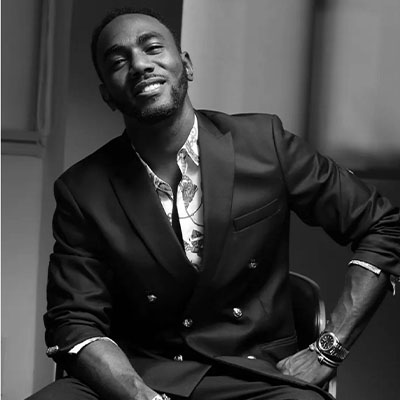
Joël Williams
Côte d'Ivoire

Joël Williams
Côte d'Ivoire
When the unexpected meets the beautiful
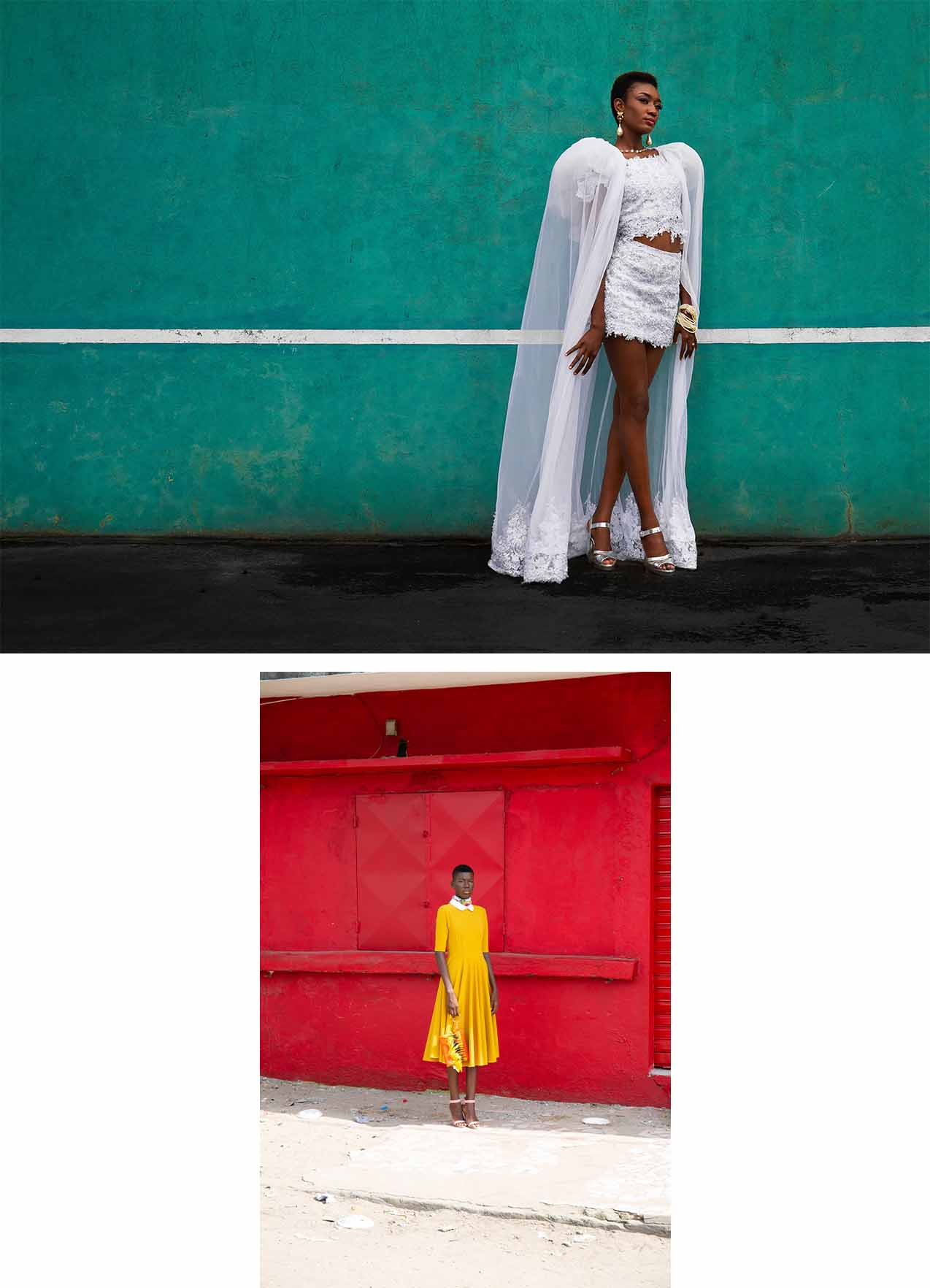
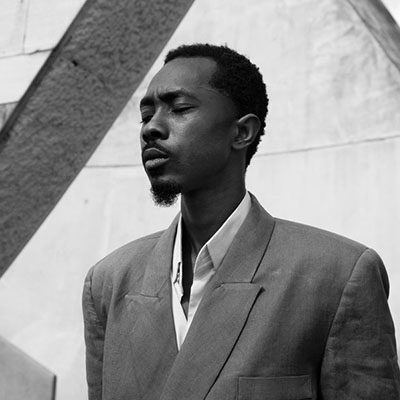
Kader Diaby
Côte d’Ivoire,

Kader Diaby
Côte d’Ivoire,
Série Miria
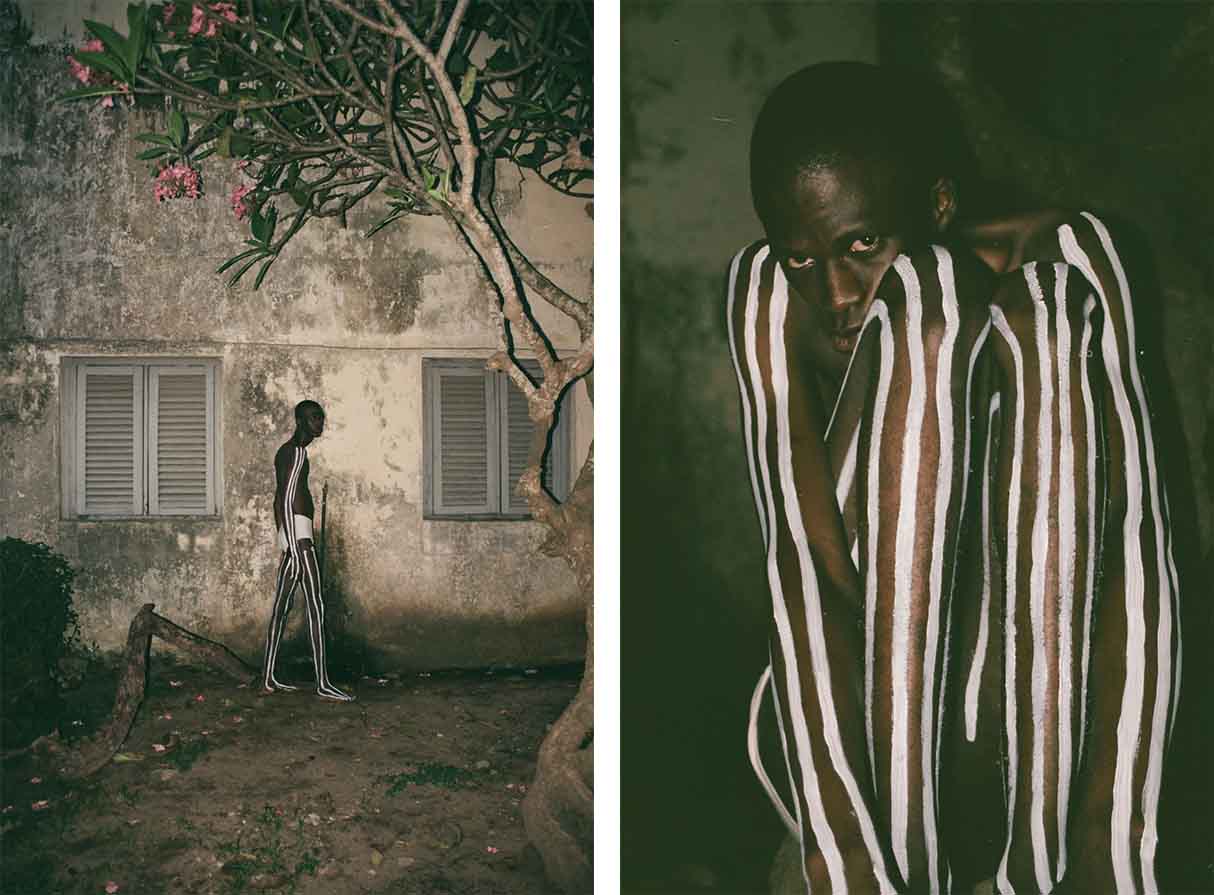
Miria, iyé i yèrè gniniga The visual story of questioning one's identity. Our world is not as we once knew. Some struggle to hold on to their cultures and their values in the midst of an evolving world, while others embrace the changes in merging cultures and values. As a result I sometimes face a dilemma; asking myself, Who am I? What place do I hold in society? How do I stand out as an individual in a chameleonic culture? What is my purpose? I am a young Ivorian born in the metropolitan city of Abidjan. A city with many cultural and spiritual diversities that yet still stand as one ethnicity; being Ivorian. Growing up, my cultural identity was influenced by various television programs; European, American, Asian, and the great emergence of the internet. As a result of great technologies, I now speak both English and French, even better than my native tongue. So I ask myself, have I lost my cultural identity? Or is this my new identity for the sake of the merging of cultures? In the mundane I work in finance, and my love for the arts lead me to photography, designing, and art directing. I am constantly pulled in between these two opposite worlds often feeling as though society forces me to choose between them; As if they cannot coexist as reflections of what makes me who I am; As if one can only exist with just one label. So now, I look at myself in the mirror, and really ask myself, what’s it worth when I’m faced with my unquestionable end? For as long as I can remember I’ve had recurring thoughts, questions, about death. Meditating not on its many mysteries, because I am convinced that there is life after death; some justifying it with the idea of reincarnation, others with the existence of heaven and hell. Whatever the belief, the commonality is that the life we live now, will determine the life we’ll have after death. This series titled “Miria, iyé i yèrè gniniga” which means in the West African Malinké dialect, “think, and ask yourself about yourself”, is the illustration of my questioning of my social and cultural identity, which brings me back in introspection on the meaning of my current life, while facing the reality that an unquestionable death is to come. So I ask myself, will the self-questioning lead to living an honorable life or Do we strive to live an honorable life without questioning? “Miria, iyé i yèrè gniniga” is the journey of embracing the realities of life and death.
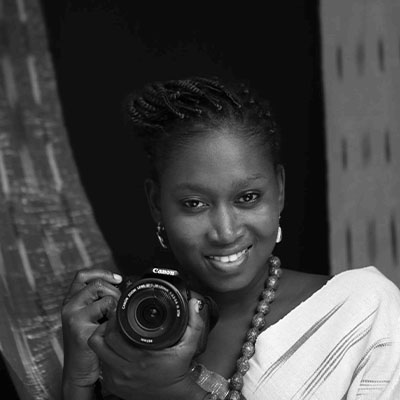
Lina Mensah
Togo

Lina Mensah
Togo
AFUMA: The intrepid Togolese Stilt Walkers
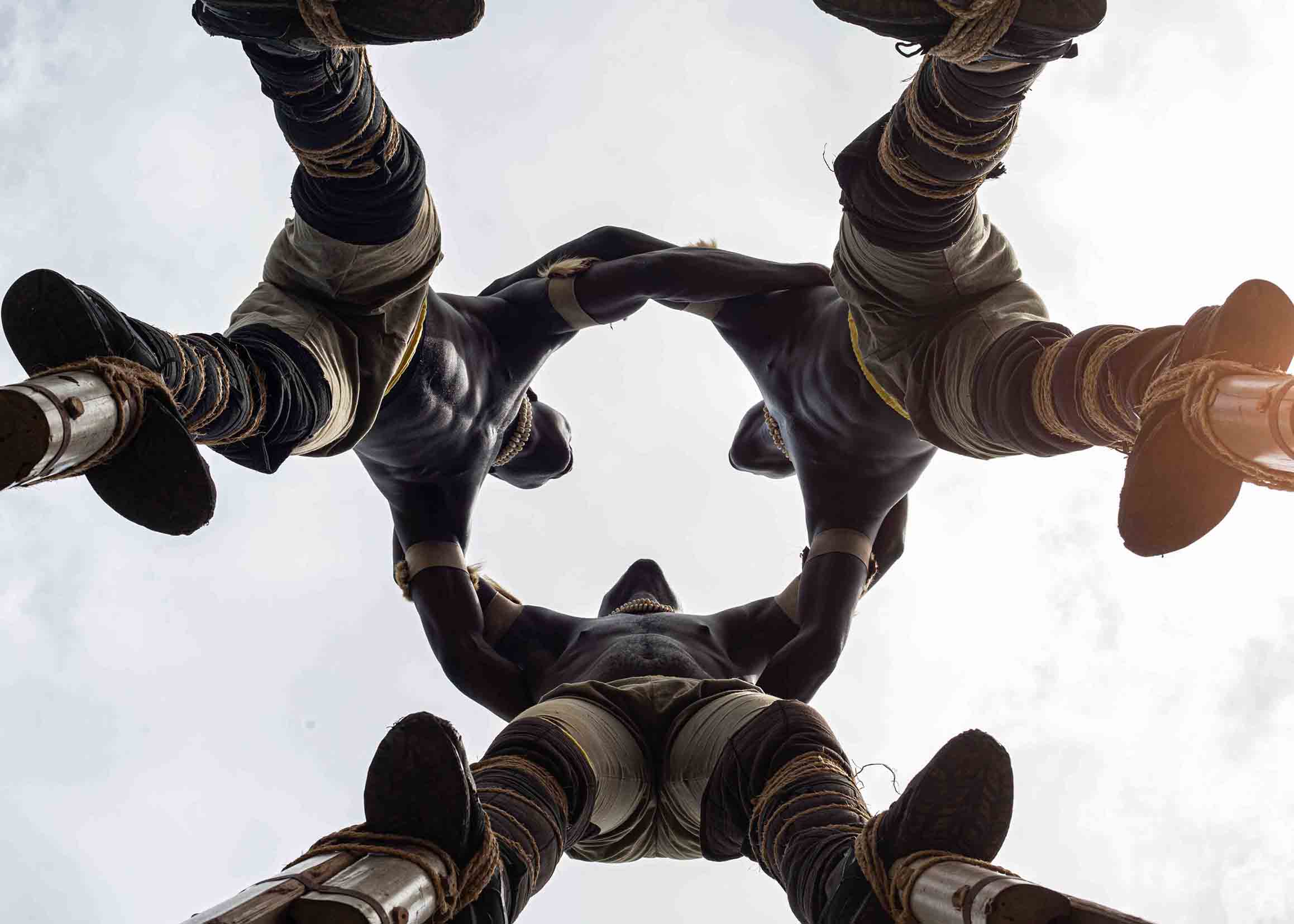
This photo series is the result of a collaboration between a photographic artist and acrobats. It paints the portrait of a group of young people who work hard to popularize and perpetuate an ancestral practice out of the ordinary, that of stilt walkers. Indeed, the tradition of stilt-walkers is kept alive in the plateau region, precisely in Atakpamé, the city of seven hills. In fact it is faithfully transmitted from generation to generation, which is demonstrated here through the group "Afuma, stilt walkers of Togo" native of this city, which for a while has been multiplying tours of shows around the world to enhance this tradition that it contributes to enrich and transmit. "Afuma" refers in Ifè, the language spoken in the region of Atakpamé, to the name of the aerial fern that grows on bamboo, the raw material used to make stilts. The ancestral art of stilts is nourished by spirituality, it thus takes its source in religion and traditional practices. However the stilt walker must strictly respect certain rules and prohibitions, respect the environment and pay attention to several other principles of life that have not been revealed to us. The use of symbols on the face is reminiscent of specific masks and movements would refer to practices inherited from forest creatures, including fairies. (Source: Cyriaque Kodjo Noussouglo, teacher-researcher in philosophy of art at the University of Lomé)
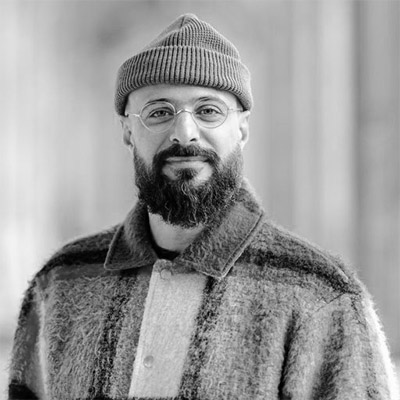
M'hammed Kilito
Morocco

M'hammed Kilito
Morocco
Among You
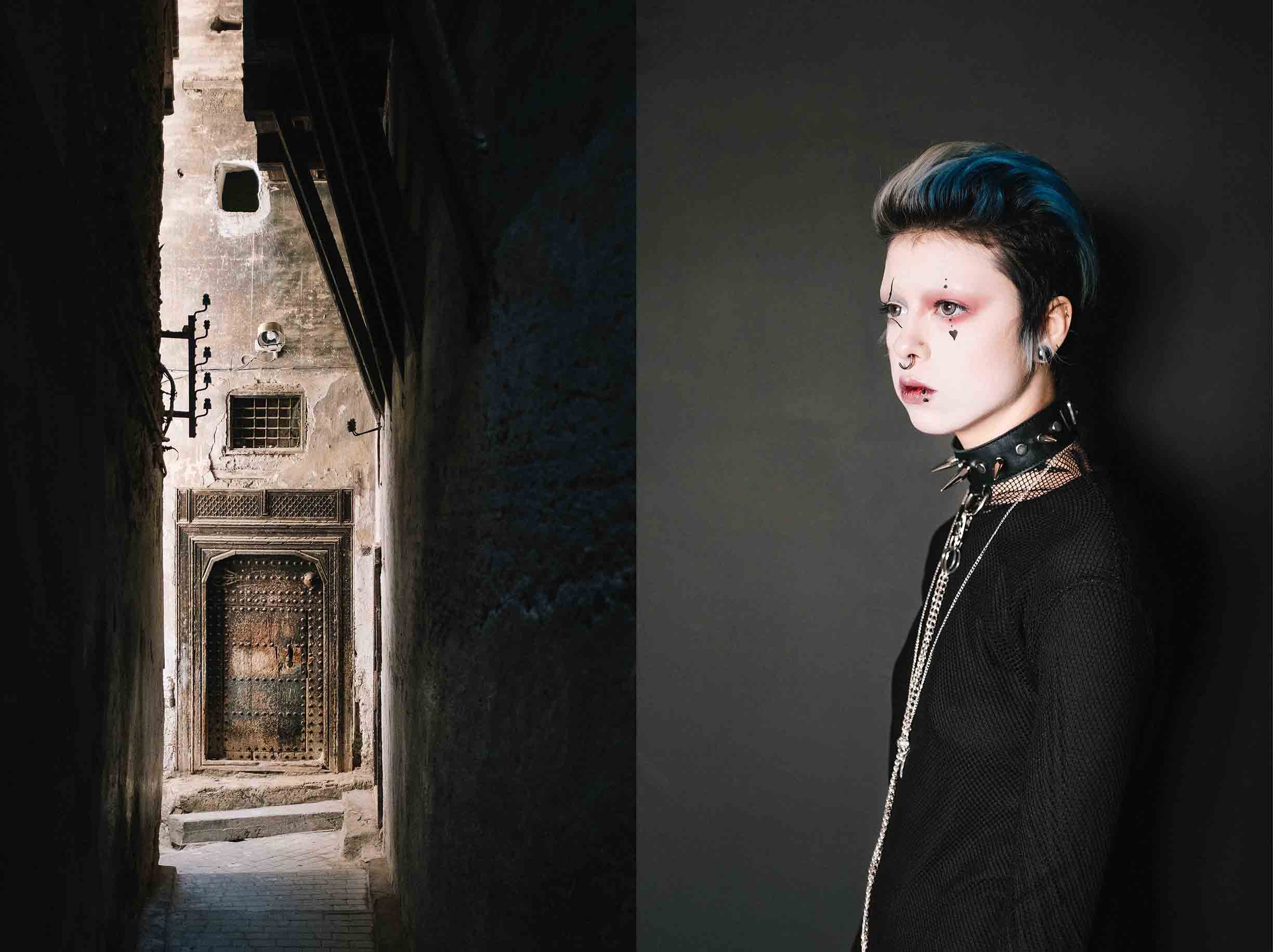
This project reflects the choices around personal identity for Moroccan youth. Through a selection of portraits, He documents young people who take their destinies into their own hands. These individuals have the courage to choose their own realities, often pushing the limits of society further. Whether through their creative activities, their appearance, or their sexuality, they convey the image of a young Morocco - alert, changing, claiming the right to be different and celebrating diversity. These young people, whose minds embody the resistance of a palm tree - a tree adapted to the harshest Moroccan climatic conditions - defy the conservative and traditional norms with regard to individual freedoms of Moroccan society on a daily basis. They cultivate their private oasis despite the obstacles they encounter in a country that they feel is not progressing at the same pace as they are, and they are inspiring others along the way.
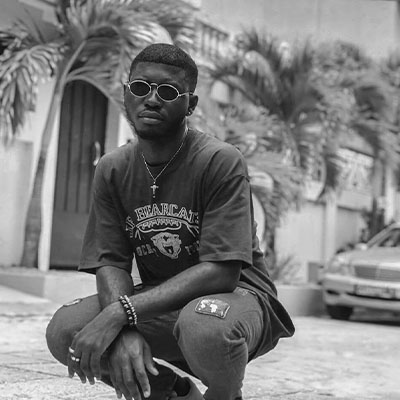
Zahui Marc Désiré
Côte d'Ivoire

Zahui Marc Désiré
Côte d'Ivoire
Lost Identity
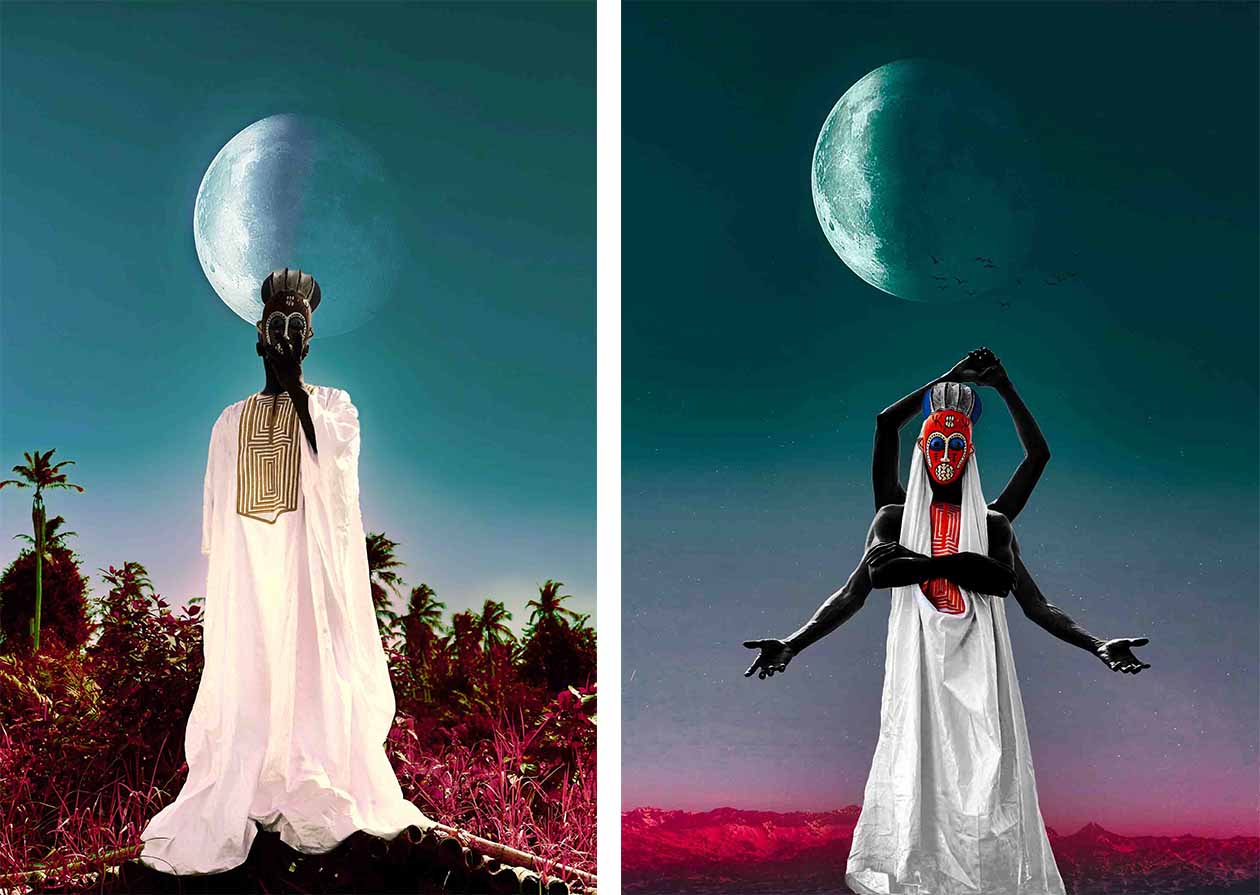 Lost Identity is a series of digital photography that addresses the subject of identity with a socio-political issue. The desire to mount this series was born from the realities of the new African generation and more specifically the Ivorian one. Indeed, this photographic series presents first the identity crisis, and cultural reality of the Ivorian youth and second the need to return to the sources and appropriate this identity. The pride and the Pan-African unity as a new identity claim within the youth communities in all communities throughout Africa is today a major issue in the evolution of the mentality, the evolution of mentality, culture, and valorization of Africanism. Identity is perceived as the intrinsic and extrinsic traits that allow for recognition of the social, religious, ethnic, cultural, and/or political belonging of a person or a group of people. This identity is therefore a particular mark that shows the uniqueness of a person or a group of a person or a group of persons; which, lost entails a loss of value of sociability, brake to the evolution of any civilization. Thus, the quest for oneself necessarily involves a search for identity elsewhere. This is translated by an African proverb: "It is better to know where one comes from in order to know
where one is going". In simpler terms, it is one must know one's origins, one's history, one's culture, in order to trace one's path, define one's route, in order to better understand oneself, one's environment, and one's to better understand oneself, one's environment and one's destiny. Nowadays, with the return to the sources, and the rise of Africanism and Afrocentrism, one could notice that the artistic environment is the most important place for the that the artistic environment is the most impacted and most impacting because it is by a channel of expression that the reality that represents the questioning of identity among Africans has been highlighted. Also, it is by this same channel that the first signs of the desire for cultural recognition were born. All these contacts, these efforts implemented by the pioneers of the revalorization of Africa have been and still are a guide to reconcile the youth with its cultural references when the system seems to be pushing them away. In Côte d'Ivoire, for example, how many young people speak their dialect? How many know the land of their ancestors? How many know the cultural and cultural customs of their country? Many seem to be lost and caught up in the spiral of modernization and westernization. It is time for us young people, Ivorians, and Africans from all over the world to assert our identity!
Lost Identity is a series of digital photography that addresses the subject of identity with a socio-political issue. The desire to mount this series was born from the realities of the new African generation and more specifically the Ivorian one. Indeed, this photographic series presents first the identity crisis, and cultural reality of the Ivorian youth and second the need to return to the sources and appropriate this identity. The pride and the Pan-African unity as a new identity claim within the youth communities in all communities throughout Africa is today a major issue in the evolution of the mentality, the evolution of mentality, culture, and valorization of Africanism. Identity is perceived as the intrinsic and extrinsic traits that allow for recognition of the social, religious, ethnic, cultural, and/or political belonging of a person or a group of people. This identity is therefore a particular mark that shows the uniqueness of a person or a group of a person or a group of persons; which, lost entails a loss of value of sociability, brake to the evolution of any civilization. Thus, the quest for oneself necessarily involves a search for identity elsewhere. This is translated by an African proverb: "It is better to know where one comes from in order to know
where one is going". In simpler terms, it is one must know one's origins, one's history, one's culture, in order to trace one's path, define one's route, in order to better understand oneself, one's environment, and one's to better understand oneself, one's environment and one's destiny. Nowadays, with the return to the sources, and the rise of Africanism and Afrocentrism, one could notice that the artistic environment is the most important place for the that the artistic environment is the most impacted and most impacting because it is by a channel of expression that the reality that represents the questioning of identity among Africans has been highlighted. Also, it is by this same channel that the first signs of the desire for cultural recognition were born. All these contacts, these efforts implemented by the pioneers of the revalorization of Africa have been and still are a guide to reconcile the youth with its cultural references when the system seems to be pushing them away. In Côte d'Ivoire, for example, how many young people speak their dialect? How many know the land of their ancestors? How many know the cultural and cultural customs of their country? Many seem to be lost and caught up in the spiral of modernization and westernization. It is time for us young people, Ivorians, and Africans from all over the world to assert our identity!
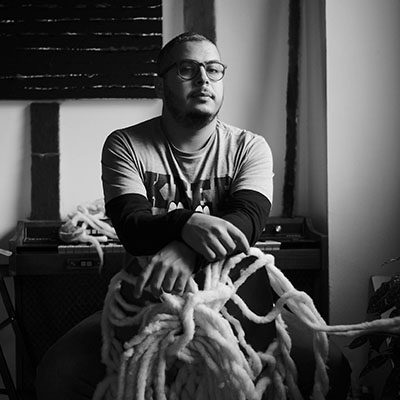
Mehdy Mariouch
Morocco

Mehdy Mariouch
Morocco
Studios
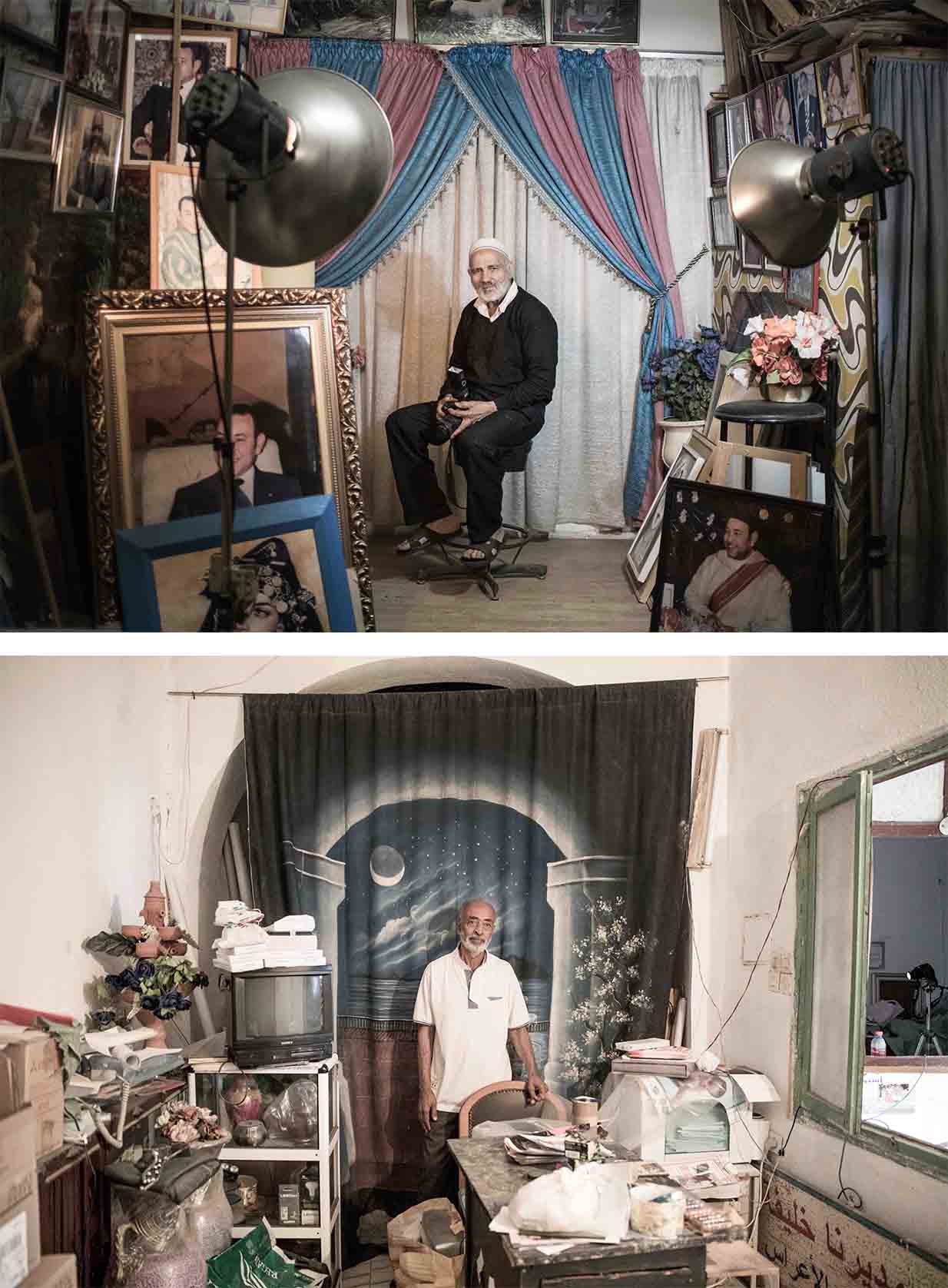 We all remember those photographers who were barely smiling, the ones our parents took us to in order to mark moments of a celebration, of an event, or simply to take a shot for administrative papers...In those studios, usually tiny, the imagination of the photographer carried us to the settings of our desire. Many sunsets, flower gardens, arcades, landscapes and seas were reinvented and reproduced … We could switch between universes, surpass the reality barriers through a simple change of backgrounds.
The medium is always the same. Photography transcends geography, and reinvents it.
Tangier, Tetouan, Missour, Bejaâd or Casablanca … many cities crossed through their small photography studios. One enters these spaces on tiptoes, in order to capture images from the past, and ones that are still present through outdated decors, decayed colours, an outside witness and a temptation of getaway.
Those fantasy worlds become a reality through the eye of the photographer. It is a world where anything becomes possible through a click. There are many material borders which are dematerialized through a simple look. Through their clichés, the studio photographers that he met seem to stop time.
They protect their studios the way foxes defend their hilltops.
They preserve their classic methods and framework, and keep them frozen, almost immutable. Either because they want it this way, or because they do not have the means.
These photography studios, where memory is preserved and protected, are abundant cocoons of interior lives that are unfortunately forgotten by many.
Mariouch aims to engage each photographer in his studio, where he captured photos of millions of people. A setting that is out of scope, out of time, adopting an untidy style in appearance that is almost kitsch, with flashes, frames, archives and packed boxes.
In the midst of all this, the photographer is the one who is photographed.
Paying a tribute to those people is paying a tribute to photography.
We all remember those photographers who were barely smiling, the ones our parents took us to in order to mark moments of a celebration, of an event, or simply to take a shot for administrative papers...In those studios, usually tiny, the imagination of the photographer carried us to the settings of our desire. Many sunsets, flower gardens, arcades, landscapes and seas were reinvented and reproduced … We could switch between universes, surpass the reality barriers through a simple change of backgrounds.
The medium is always the same. Photography transcends geography, and reinvents it.
Tangier, Tetouan, Missour, Bejaâd or Casablanca … many cities crossed through their small photography studios. One enters these spaces on tiptoes, in order to capture images from the past, and ones that are still present through outdated decors, decayed colours, an outside witness and a temptation of getaway.
Those fantasy worlds become a reality through the eye of the photographer. It is a world where anything becomes possible through a click. There are many material borders which are dematerialized through a simple look. Through their clichés, the studio photographers that he met seem to stop time.
They protect their studios the way foxes defend their hilltops.
They preserve their classic methods and framework, and keep them frozen, almost immutable. Either because they want it this way, or because they do not have the means.
These photography studios, where memory is preserved and protected, are abundant cocoons of interior lives that are unfortunately forgotten by many.
Mariouch aims to engage each photographer in his studio, where he captured photos of millions of people. A setting that is out of scope, out of time, adopting an untidy style in appearance that is almost kitsch, with flashes, frames, archives and packed boxes.
In the midst of all this, the photographer is the one who is photographed.
Paying a tribute to those people is paying a tribute to photography. 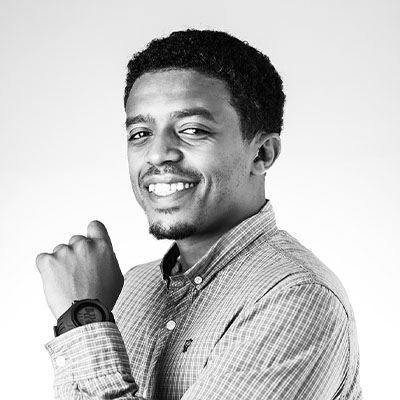
Mekbib Tadesse
Ethiopia

Mekbib Tadesse
Ethiopia
The Horsemen
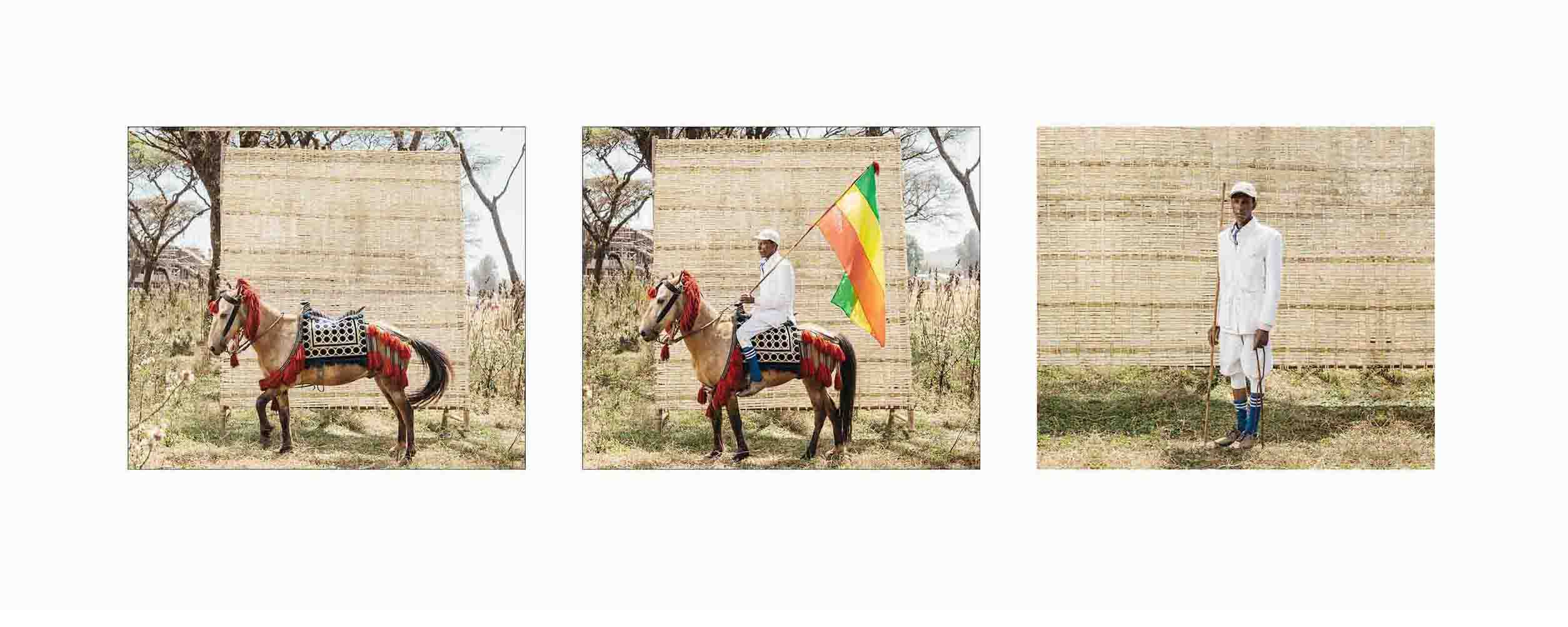 In the 1930’s the people of Awi (Sebat Bet Agew) joined patriots who waged guerrilla warfare against fascist Italian invaders with other Ethiopians. Agew patriots have a rich tradition of horse riding skills to fight and transport logistics for war.
Awi Zone is one of the autonomous zones in Amhara state found to the South and South West of the State capital, Bahir Dar.
The name Sebat Bet Agew (seven families of Agew) was coined from the names of seven brothers; Ankesha, Banja, Kuakura, Chara, Metekel, Zigem and Azena.
After the total defeat and departure of Italy from Ethiopia, Sebat Bet Agew Equestrian Association (Yesebat Bet Agew /Seven Houses of Agew/Horsemen Association) was established to commemorate the role of horses and St. George in calming victory at the battle of Adwa.
Every year, the anniversary of the association takes place on the 23rd Tir (January 30) which is the date dedicated to St. George.
In the 1930’s the people of Awi (Sebat Bet Agew) joined patriots who waged guerrilla warfare against fascist Italian invaders with other Ethiopians. Agew patriots have a rich tradition of horse riding skills to fight and transport logistics for war.
Awi Zone is one of the autonomous zones in Amhara state found to the South and South West of the State capital, Bahir Dar.
The name Sebat Bet Agew (seven families of Agew) was coined from the names of seven brothers; Ankesha, Banja, Kuakura, Chara, Metekel, Zigem and Azena.
After the total defeat and departure of Italy from Ethiopia, Sebat Bet Agew Equestrian Association (Yesebat Bet Agew /Seven Houses of Agew/Horsemen Association) was established to commemorate the role of horses and St. George in calming victory at the battle of Adwa.
Every year, the anniversary of the association takes place on the 23rd Tir (January 30) which is the date dedicated to St. George. 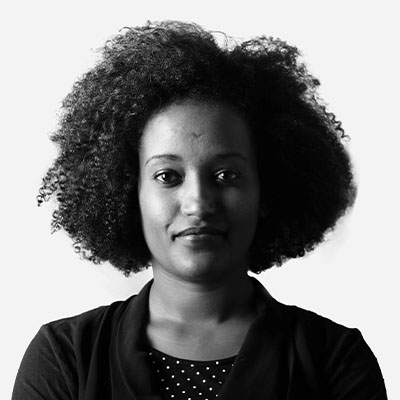
Meseret Argaw
Ethiopia

Meseret Argaw
Ethiopia
ERKE
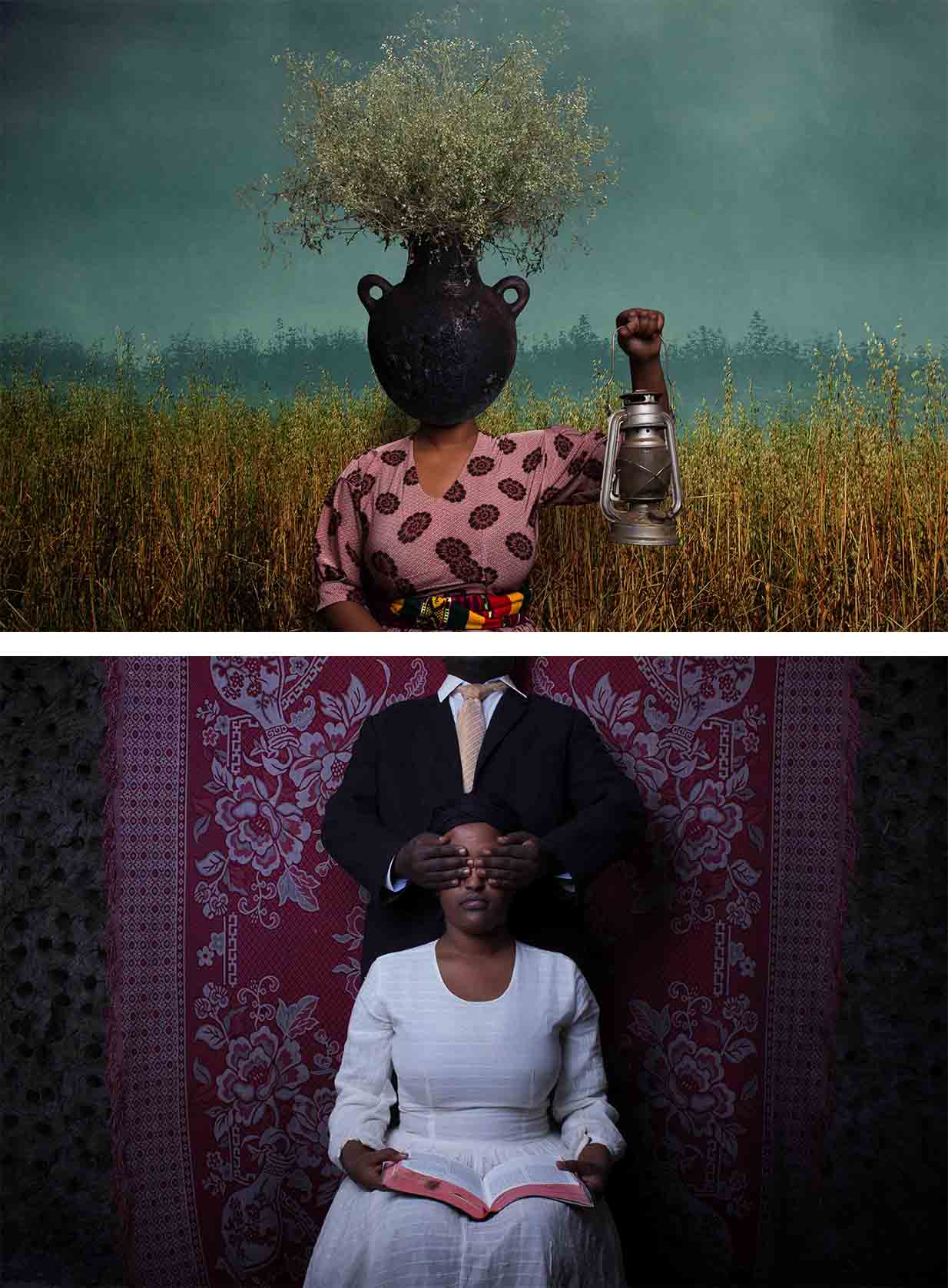 Until I embarked on this journey I didn’t know how much I was affected by it. How deep I have swam under it and surrendered without a fight. I voluntarily let the memory consume me through the years. But I finally found the courage to face it; with the intention, I might close the door it left open for the unknown. I was abducted twice when I was four years old. Each time I was found by people who either knew me or my family. I understood the endless possibilities if the unknown had become my reality. But I also needed to face my current self and figure out how it relates to the women I wanted to portray.
I began with the thought that I was fighting my own battle. But I came to realize that through my story I was also telling the story of women who walk the road I could have walked.
*Participant of AFF virtual workshop
Until I embarked on this journey I didn’t know how much I was affected by it. How deep I have swam under it and surrendered without a fight. I voluntarily let the memory consume me through the years. But I finally found the courage to face it; with the intention, I might close the door it left open for the unknown. I was abducted twice when I was four years old. Each time I was found by people who either knew me or my family. I understood the endless possibilities if the unknown had become my reality. But I also needed to face my current self and figure out how it relates to the women I wanted to portray.
I began with the thought that I was fighting my own battle. But I came to realize that through my story I was also telling the story of women who walk the road I could have walked.
*Participant of AFF virtual workshop
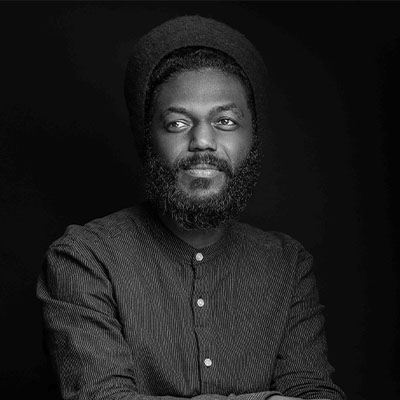
Mohamed Altoum
Sudan

Mohamed Altoum
Sudan
Hoshmmar
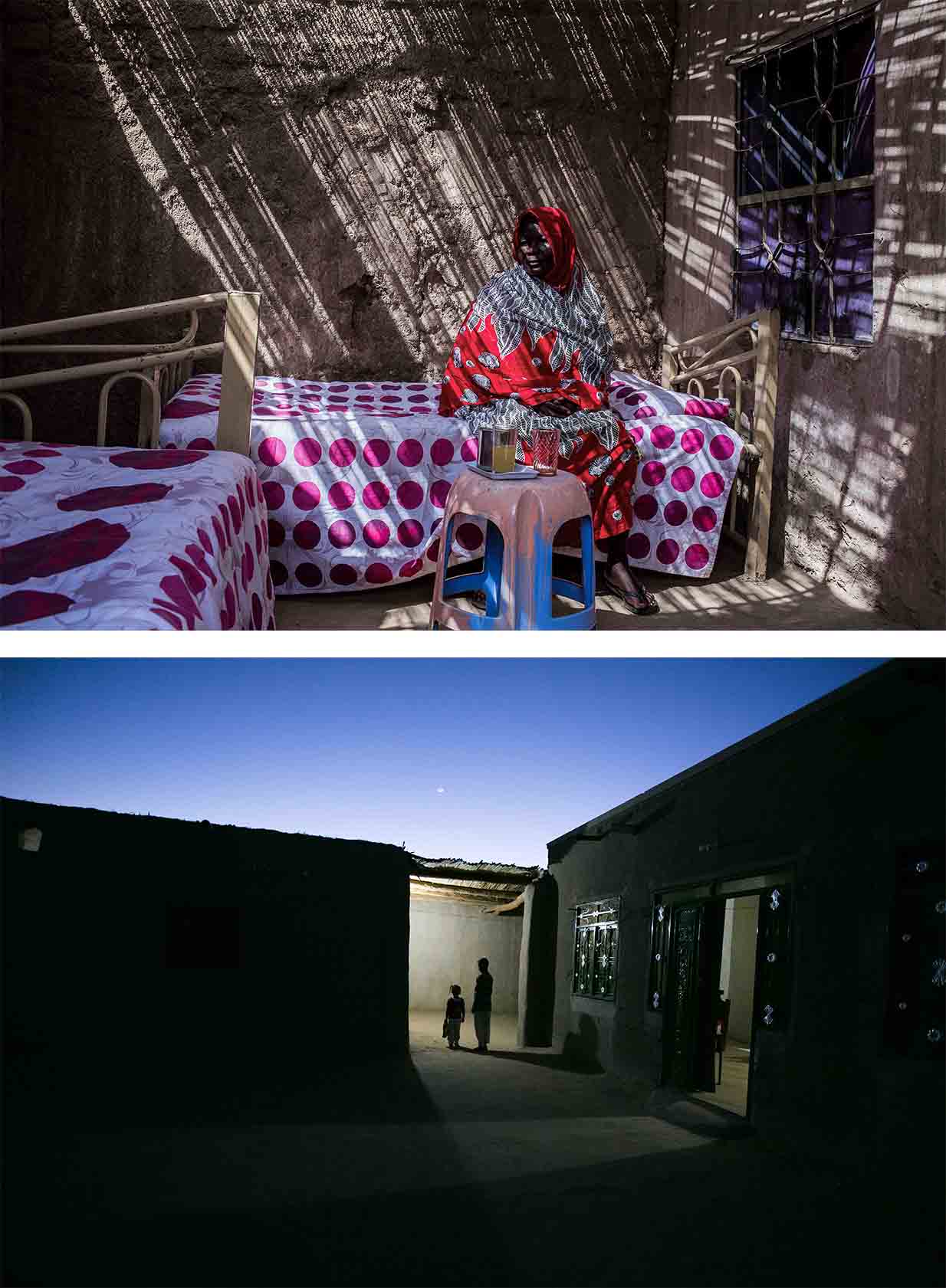 After my father passed away in 2010, I was looking through his old family photographs and handwritten letters when I came across drawings of his, and also poems and calligraphy.
Everything was about the Nubian people and culture, indigenous to present-day Sudan, and believed to be one of the cradles of civilization.
My father was always reminding us of our Nubian identity. He was from the town of Hoshmar but I grew up in the capital city of Khartoum, far from a Nubian community, so my relationship with the Nubian culture was mostly through his memories.
After his death, I felt the need to get closer to my roots and understand better what he had tried to pass down. I wanted his legacy live on, so I started a journey which took me through
Sudan to Aswan in Egypt and then to Kenya. As I searched out the Nubian culture through my father’s memories, I was also searching for my father, coming to understand all he was.
After my father passed away in 2010, I was looking through his old family photographs and handwritten letters when I came across drawings of his, and also poems and calligraphy.
Everything was about the Nubian people and culture, indigenous to present-day Sudan, and believed to be one of the cradles of civilization.
My father was always reminding us of our Nubian identity. He was from the town of Hoshmar but I grew up in the capital city of Khartoum, far from a Nubian community, so my relationship with the Nubian culture was mostly through his memories.
After his death, I felt the need to get closer to my roots and understand better what he had tried to pass down. I wanted his legacy live on, so I started a journey which took me through
Sudan to Aswan in Egypt and then to Kenya. As I searched out the Nubian culture through my father’s memories, I was also searching for my father, coming to understand all he was.
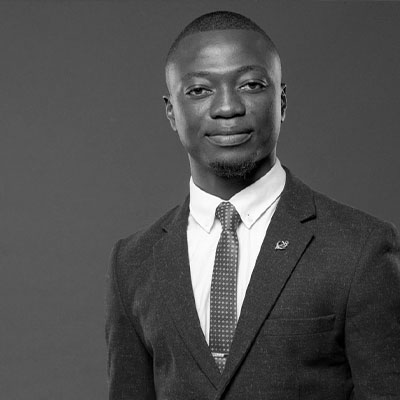
Mohamed Aly Diabaté
Côte d'Ivoire

Mohamed Aly Diabaté
Côte d'Ivoire
MOUSSOFARI Entails Brave Woman In Malinke
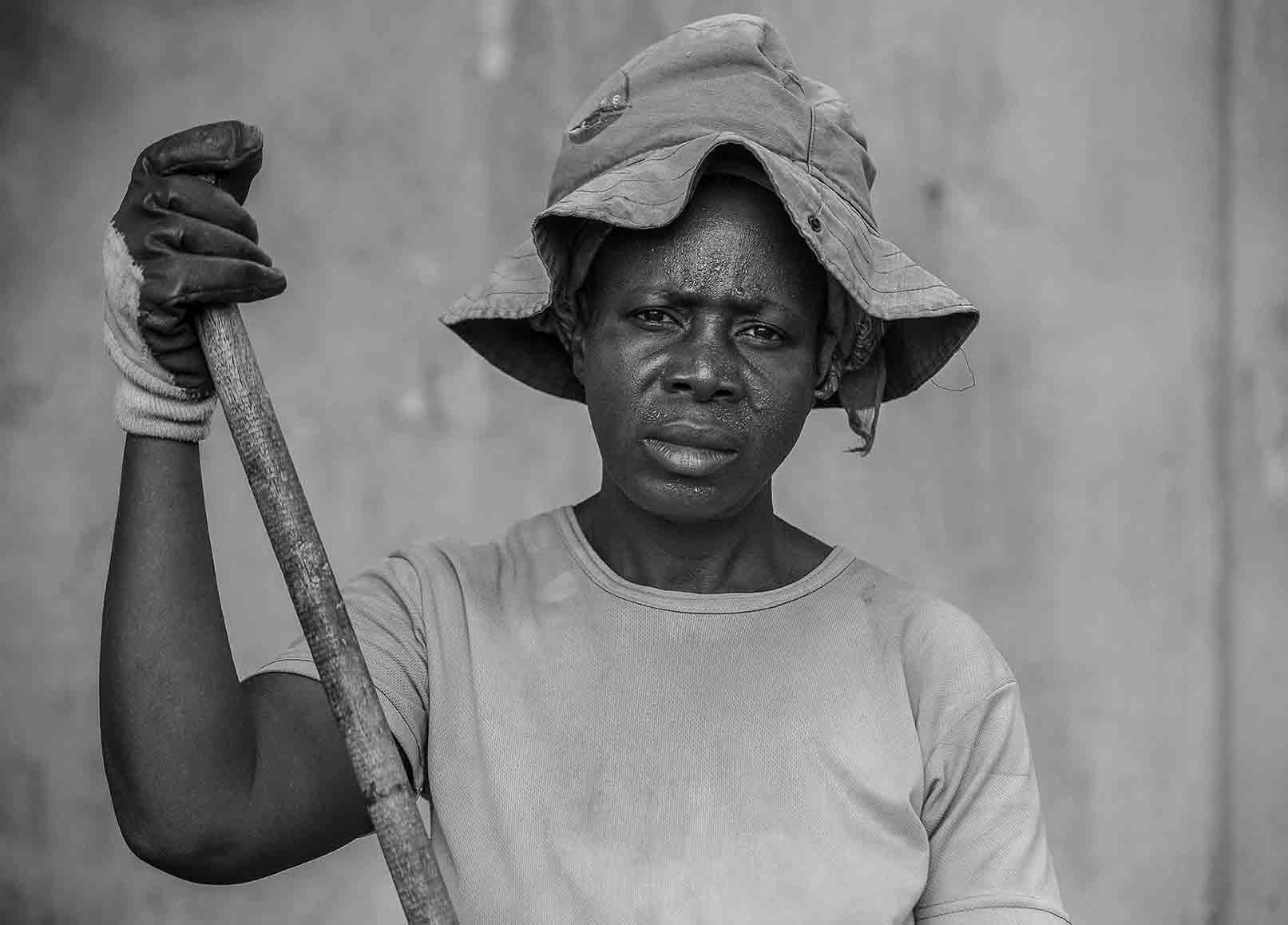
MoussoFari means brave women in Bambara language. This is a documentary photography which highlights garbage collectors women activities in Abidjan city. With the lens of my camera, I met these brave women to capture special moments of their daily routines. The looks I take, unveil the beauty of their gestures similar to choreography. Day and night, camouflaged in green uniforms, they walk on the streets of Abidjan with their brooms. My eyes have been nourished.
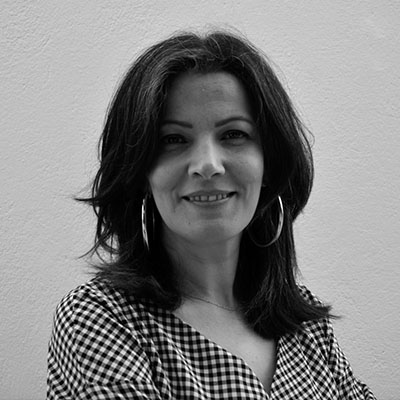
Mouna Jemal Siala
Tunisia

Mouna Jemal Siala
Tunisia
Bus Stations In The Era Of The 21st Century
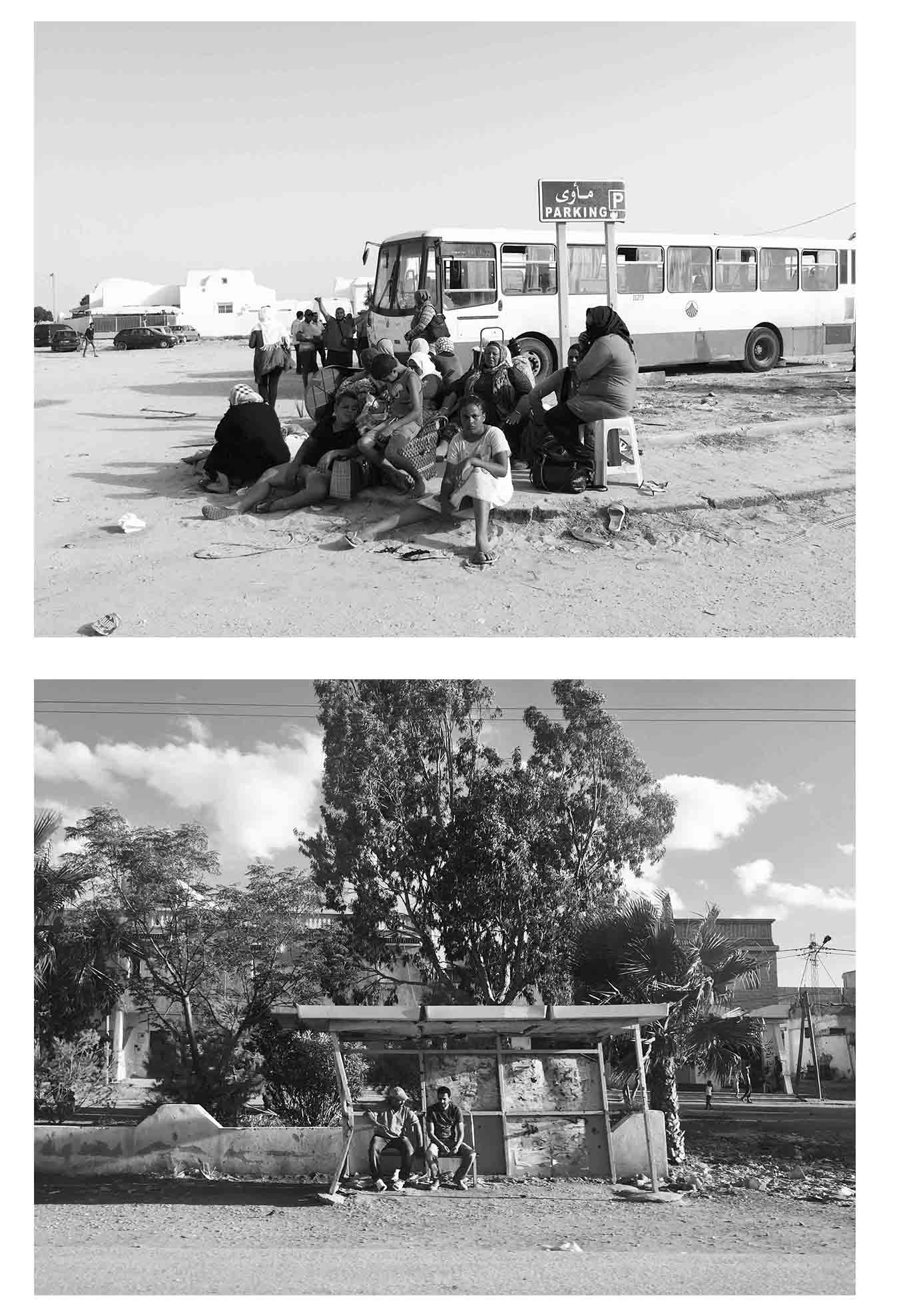
I chose to call this series of five photos taken among many others, on my daily route here in Tunisia these last years: "Bus stations in the era of the 21st century", because, quite simply, it is inconceivable and inadmissible that the bus stations are in this state in the era of today. This is a fact! My country, Tunisia, has been burning up for ten years. As a citizen artist, I am worried about the changes and disruptions that could destabilize my country. The state of disrepair of the economic, social and political system in post-January 2011 Tunisia is unfortunately perceptible in all sectors and regions. Public transport, whose infrastructure was relatively well thought out, has become a real ordeal and the bus stations that are falling into ruin at a glance due to lack of maintenance, have particularly caught my attention. It may be a detail, but it reflects an outdated, absent state. This is why, in response to the disorder that is settling in the human, urban, political landscape... I express myself through art, through the photographic image, to draw attention to problems, social, political... Art will not solve the problem immediately, but it is a witness of its time much more than the media news, and will be the cultural trace par excellence. That's why I wanted to freeze them in black and white, because for me they are, quite simply, timeless.
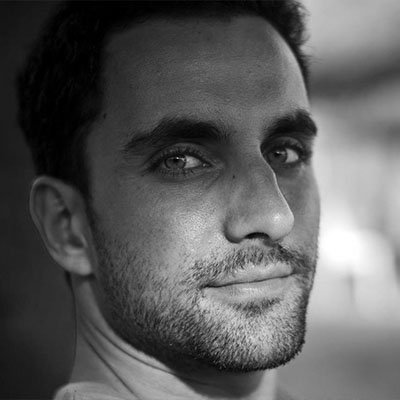
Moustafa Cheaiteli
Côte d'Ivoire

Moustafa Cheaiteli
Côte d'Ivoire
Babi Rail
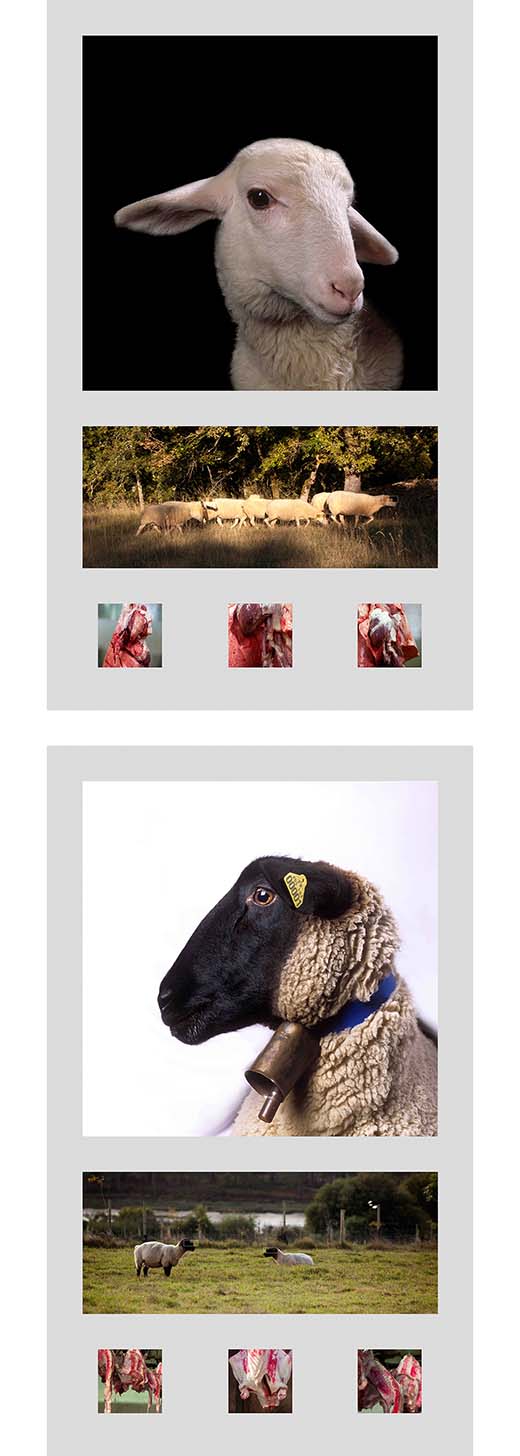 The level of development remains one of the most studied aspects in emerging countries. Côte d'Ivoire, one of the pioneers of development in Africa, is experiencing major growth, but for generations, this phenomenon has very often led to upheaval in areas that could potentially be used for housing.
The railway that already runs through the city of Abidjan is being transformed into a modern metro. My curiosity and my desire to better understand the lives of the people living in commercial zone 3, led inevitably to the implementation of this project. I explored the area from 2014 to 2020 and was adopted by its inhabitants to document its history, I realized the importance of raising collective awareness about the lives of people who do not fit into the new vision of the future at all.
The level of development remains one of the most studied aspects in emerging countries. Côte d'Ivoire, one of the pioneers of development in Africa, is experiencing major growth, but for generations, this phenomenon has very often led to upheaval in areas that could potentially be used for housing.
The railway that already runs through the city of Abidjan is being transformed into a modern metro. My curiosity and my desire to better understand the lives of the people living in commercial zone 3, led inevitably to the implementation of this project. I explored the area from 2014 to 2020 and was adopted by its inhabitants to document its history, I realized the importance of raising collective awareness about the lives of people who do not fit into the new vision of the future at all. 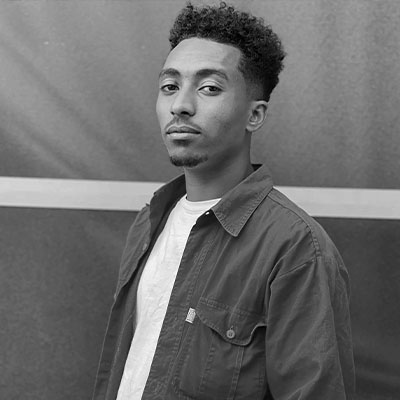
Muhammad Jamal
Ethiopia

Muhammad Jamal
Ethiopia
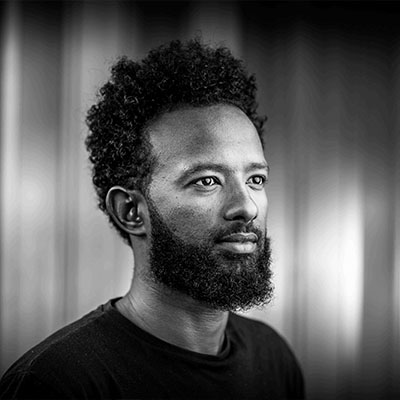
Mulugeta Ayene
Ethiopia

Mulugeta Ayene
Ethiopia
Flight ET302
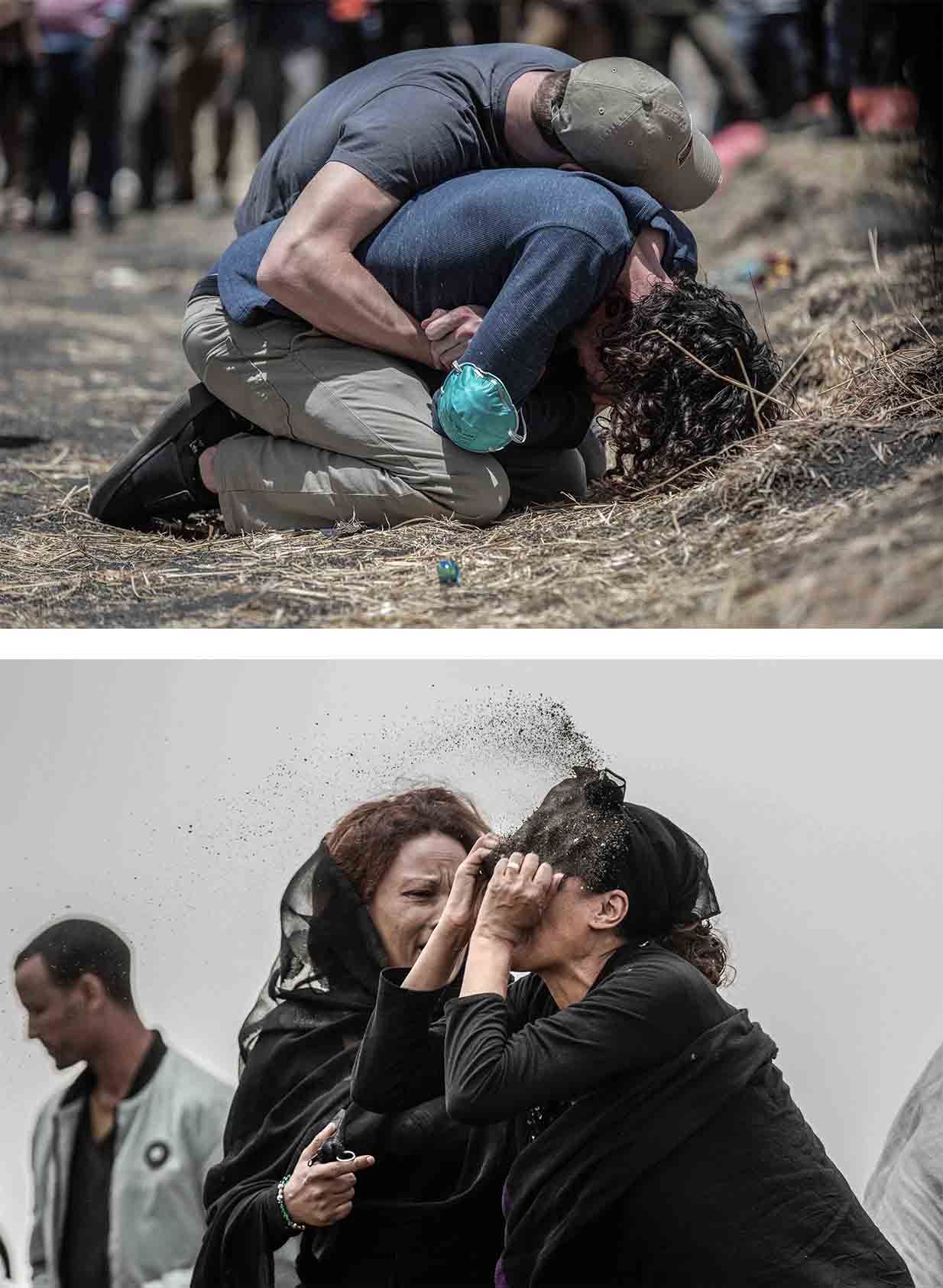
A relative of a victim of the Ethiopian Airlines Flight ET302 plane crash throws dirt in her face as she grieves at the crash site, near Addis Ababa, Ethiopia. On 10 March, Ethiopian Airlines Flight ET302, a Boeing 737 MAX, disappeared from the radar six minutes after take-off from Addis Ababa airport and crashed into a field, killing all 157 people on board. The impact was so great that both engines were buried in a crater 10 meters deep. A week after the crash, empty coffins were buried at a ceremony at the Holy Trinity Cathedral in Addis Ababa, as victims were unable to be identified. Officials gave relatives bags of earth from the crash site. On 14 November, eight months after the crash, the site of the impact was covered and the unidentified remains of victims buried in rows of identical coffins. Comparisons were made with the crash of a Lion Air aircraft, also a 737 MAX, 12 minutes after take-off from Jakarta in October 2018. Countries across the world, initially with the exception of the US, grounded the 737 MAX. First reports showed that pilots had been unable to prevent the plane repeatedly nosediving, despite following procedures recommended by Boeing. It appeared that in both cases pilots were struggling to deal with an automated safety system designed to prevent stalling, which was repeatedly pushing the nose of the plane down. It seemed that the system was being activated, possibly due to a faulty sensor, even though nothing was wrong. It later emerged that American Airlines pilots had confronted Boeing about potential safety issues with the MAX. Boeing had resisted their calls but promised a software fix, which had not been done by the time Flight ET302 crashed. Planes remained grounded into 2020.
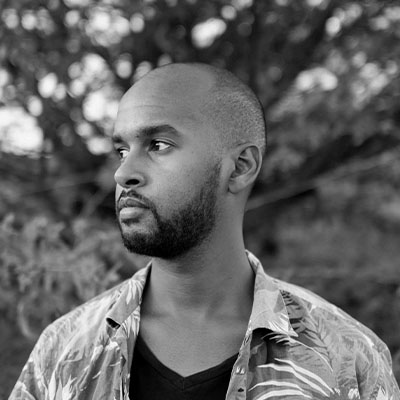
Mustafa Saeed
Somalia

Mustafa Saeed
Somalia
Cohesive Randomness
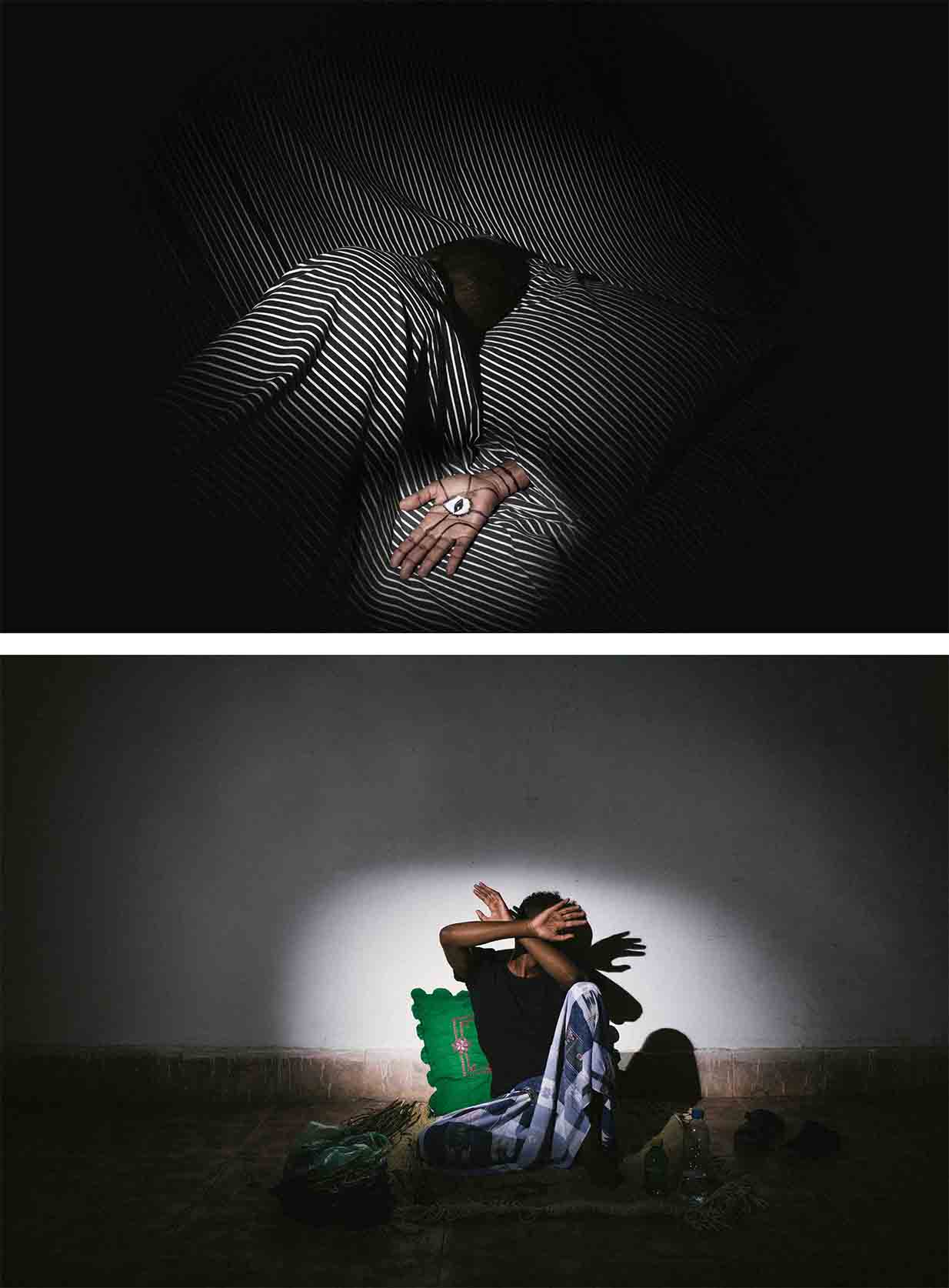
Can anything get us away from reality, make us create our own bubble? when things get so hard to change, and you see yourself indulged in choices, ways to change the root you’re taking but it gets harder, and based on your level of breaking hardships you might see yourself taking shortcuts, that might be against your progression. Does a piece of fabric represent our belongings? When a soul can’t see itself being independent, but having the need to be part of or dependent on a bigger chain of relationships to exist, without it might feel to cease. Just create to impress? Follow till we fall? Obey till we lose ourselves? Do we have a choice if the universe is predetermined? If I’m free, why am I explaining my doings? Can’t I be the tool of feelings and expressions, putting it to tangibility.
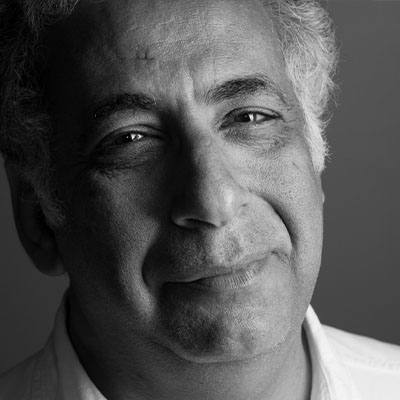
Nabil Boutros
Egypt

Nabil Boutros
Egypt
Ovine Condition
 Ovine Condition situates itself as an ironic metaphor about forgetful gregariousness. It asks: “What takes place when one prefers conforming to the reassuring dominant discourse? To deny the truth that we see? To even ignore history?”
This body of work is divided into three parallel series of different sizes and numbers:
Celebrities are studio portraits of sheep, lambs and rams; each one exalting individuality. Presumed Innocence is shown through a photographic representation of sheep at pasture. The mask over their eyes protects their image rights; they are still presumed, innocent individuals. Field of Honour is the place where the sacrifice is done by mass; docility to their master makes them guilty.
The series in its entirety is presented as an endless belt, diverse but repetitive, developing the three series in parallel. The sheep of Rabelais, notorious for their gregariousness, have been the topic of much ridicule. The herd instinct inspired many in-depth studies on crowds during the late nineteenth century by social psychologists G. Le Bon’s in Group Psychology, W. Trotter, as well as Freud’s Group Psychology and the Analysis of the Ego. Willem Reich was also interested in the herd phenomenon that destroys critical thinking in favour of joining the masses, as a way of trying to understand the widespread adoption of the Nazi ideology, thereby complementing Freud’s work. History and current events continue to demonstrate how crowds have an irrational behaviour in that they destroy the individual capacity, even if their mass seems to be influencing the course of events in global geopolitics. This is why authorities seek to render individuals into a herd mentality through various means: charm, persuasion, sham and violence!
Is this oversight the cause of recurring history? Is it the need to be at the centre of the common, which allows one to forget? Unless the Masters have cultivated an intentional ignorance of the past and present.
Ovine Condition situates itself as an ironic metaphor about forgetful gregariousness. It asks: “What takes place when one prefers conforming to the reassuring dominant discourse? To deny the truth that we see? To even ignore history?”
This body of work is divided into three parallel series of different sizes and numbers:
Celebrities are studio portraits of sheep, lambs and rams; each one exalting individuality. Presumed Innocence is shown through a photographic representation of sheep at pasture. The mask over their eyes protects their image rights; they are still presumed, innocent individuals. Field of Honour is the place where the sacrifice is done by mass; docility to their master makes them guilty.
The series in its entirety is presented as an endless belt, diverse but repetitive, developing the three series in parallel. The sheep of Rabelais, notorious for their gregariousness, have been the topic of much ridicule. The herd instinct inspired many in-depth studies on crowds during the late nineteenth century by social psychologists G. Le Bon’s in Group Psychology, W. Trotter, as well as Freud’s Group Psychology and the Analysis of the Ego. Willem Reich was also interested in the herd phenomenon that destroys critical thinking in favour of joining the masses, as a way of trying to understand the widespread adoption of the Nazi ideology, thereby complementing Freud’s work. History and current events continue to demonstrate how crowds have an irrational behaviour in that they destroy the individual capacity, even if their mass seems to be influencing the course of events in global geopolitics. This is why authorities seek to render individuals into a herd mentality through various means: charm, persuasion, sham and violence!
Is this oversight the cause of recurring history? Is it the need to be at the centre of the common, which allows one to forget? Unless the Masters have cultivated an intentional ignorance of the past and present. 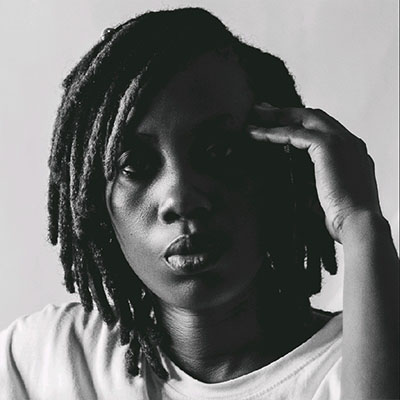
Nadi Jessica
Côte d'Ivoire

Nadi Jessica
Côte d'Ivoire
L'EMPRISE
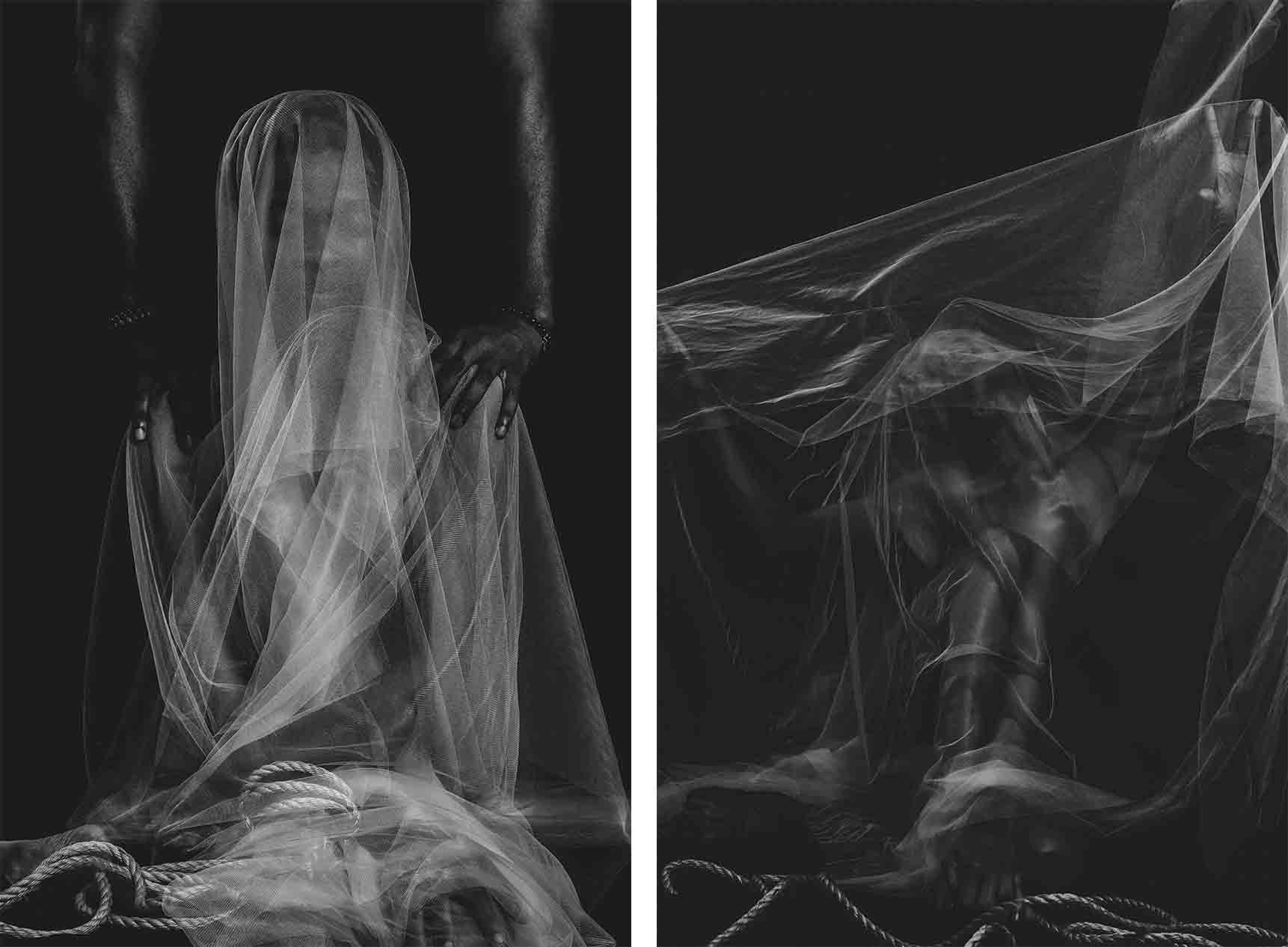
L'EMPRISE, is the name of the artistic series that the photographer started in 2020. For a long time, she couldn’t understand why women undergoing gender-based violence, often return to their abusers or feel unable to leave them. By the way, one question come to her mind: Why don't they leave them? She was able to understand later, when she took lessons in Psychology as she says: "Women don't leave them, because they have been trapped into a controlling relationship. Control is a psychological pattern by means of which a person dominates over another. The goal is to oblige the other person to meet their expectations regardless of her well-being. Thus, it is a state under which the husband puts his wife with an ascendancy over her, a state of domination and manipulation. The woman under control is both in a position of submission and in a higher emotional dependence." With her art, she tries to interpret the trap women undergoing physical, verbal and psychological violence fall into. Hence, the artist highlights gender-based violence.
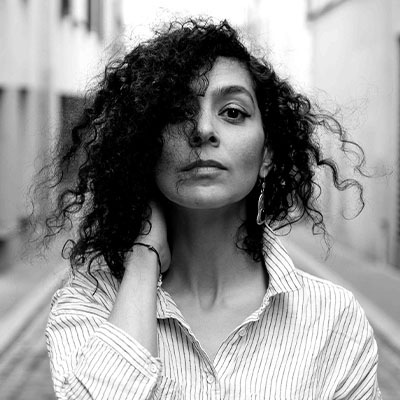
Nadja Makhlouf
Algeria

Nadja Makhlouf
Algeria
El Moudjahidate : Invisible to Visible, Fighters Women
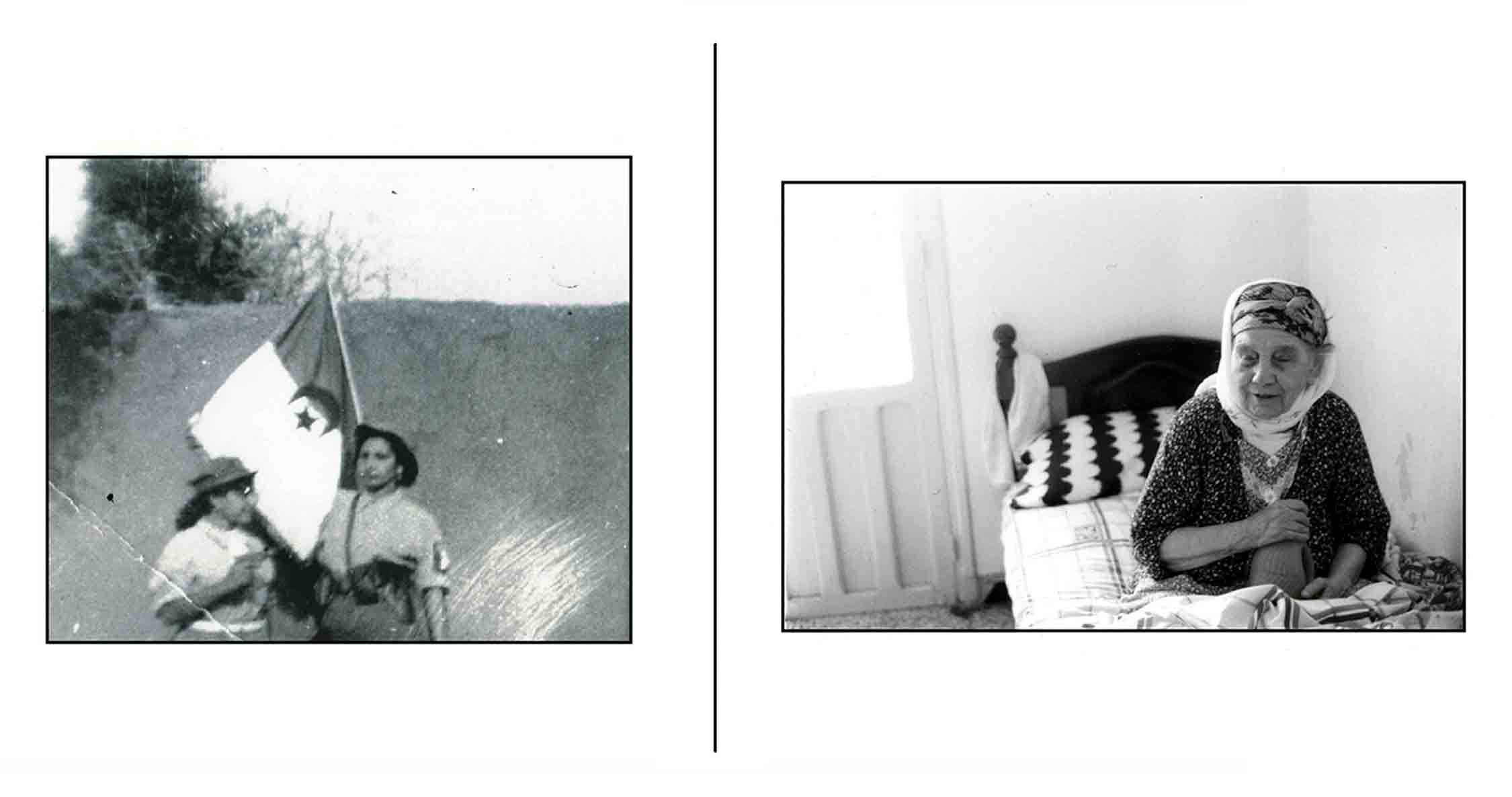 The photographic series « El Moudjahidate : Invisible to Visible, Fighters womens », traces the history of women who fought in the Algerian war of independence. During the war between Algeria against France (1954-1962), there is a part of the history that we don't talk. The main participation of the women to liberate the country from the colonization. Most of the women in Algeria fight against France occupation.
There were soldiers, nursery, secretary, doctors, transporting bombs, guns, unofficial letters, psychiatrist, doctor for the Algerian soldier (Those we used to call "fellagha"), making flat for all the Algerian people, preparing manifestation, making money in Algeria and France to feed the independence, actresses for the FLN around the world.
These invisible women, who played the same role as men and who, however, remained in the shadows, are of different religious denominations (Jewish, Christian, Muslim or atheist) and played a decisive role in the liberation of the country. They were all together to fight against the colonization. By doing the same things as men, they manage to give credibility and power to all women in the country, who until now had none. They are the ones who opened the breach to allow the Algerian women of today, to have more rights and freedom. These women fight doubly: Free themselves from patriarchy (father, brother and / or uncle) by fighting the colonizer.
All of this women were tortured, in jail and lost a close parent.
I wanted to Confront the past to the present. More than 50 years separated the old photo (on the left) from the recent one (on the right). This diptych photography sheds a light on History as well as a reflexion on the present: What have our fights become? How those rebellious women once pioneer could disappear from their country’s memory? What must we conclude on the condition of women in Algeria today?
Between bitterness and hope, this photo installation makes us think about History, The War of Independence in Algeria, a story told for the first time by women.
The photographic series « El Moudjahidate : Invisible to Visible, Fighters womens », traces the history of women who fought in the Algerian war of independence. During the war between Algeria against France (1954-1962), there is a part of the history that we don't talk. The main participation of the women to liberate the country from the colonization. Most of the women in Algeria fight against France occupation.
There were soldiers, nursery, secretary, doctors, transporting bombs, guns, unofficial letters, psychiatrist, doctor for the Algerian soldier (Those we used to call "fellagha"), making flat for all the Algerian people, preparing manifestation, making money in Algeria and France to feed the independence, actresses for the FLN around the world.
These invisible women, who played the same role as men and who, however, remained in the shadows, are of different religious denominations (Jewish, Christian, Muslim or atheist) and played a decisive role in the liberation of the country. They were all together to fight against the colonization. By doing the same things as men, they manage to give credibility and power to all women in the country, who until now had none. They are the ones who opened the breach to allow the Algerian women of today, to have more rights and freedom. These women fight doubly: Free themselves from patriarchy (father, brother and / or uncle) by fighting the colonizer.
All of this women were tortured, in jail and lost a close parent.
I wanted to Confront the past to the present. More than 50 years separated the old photo (on the left) from the recent one (on the right). This diptych photography sheds a light on History as well as a reflexion on the present: What have our fights become? How those rebellious women once pioneer could disappear from their country’s memory? What must we conclude on the condition of women in Algeria today?
Between bitterness and hope, this photo installation makes us think about History, The War of Independence in Algeria, a story told for the first time by women.
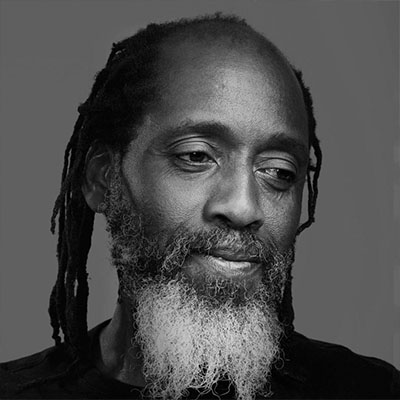
Nii Obodai
Ghana

Nii Obodai
Ghana
Paradox of Paradise
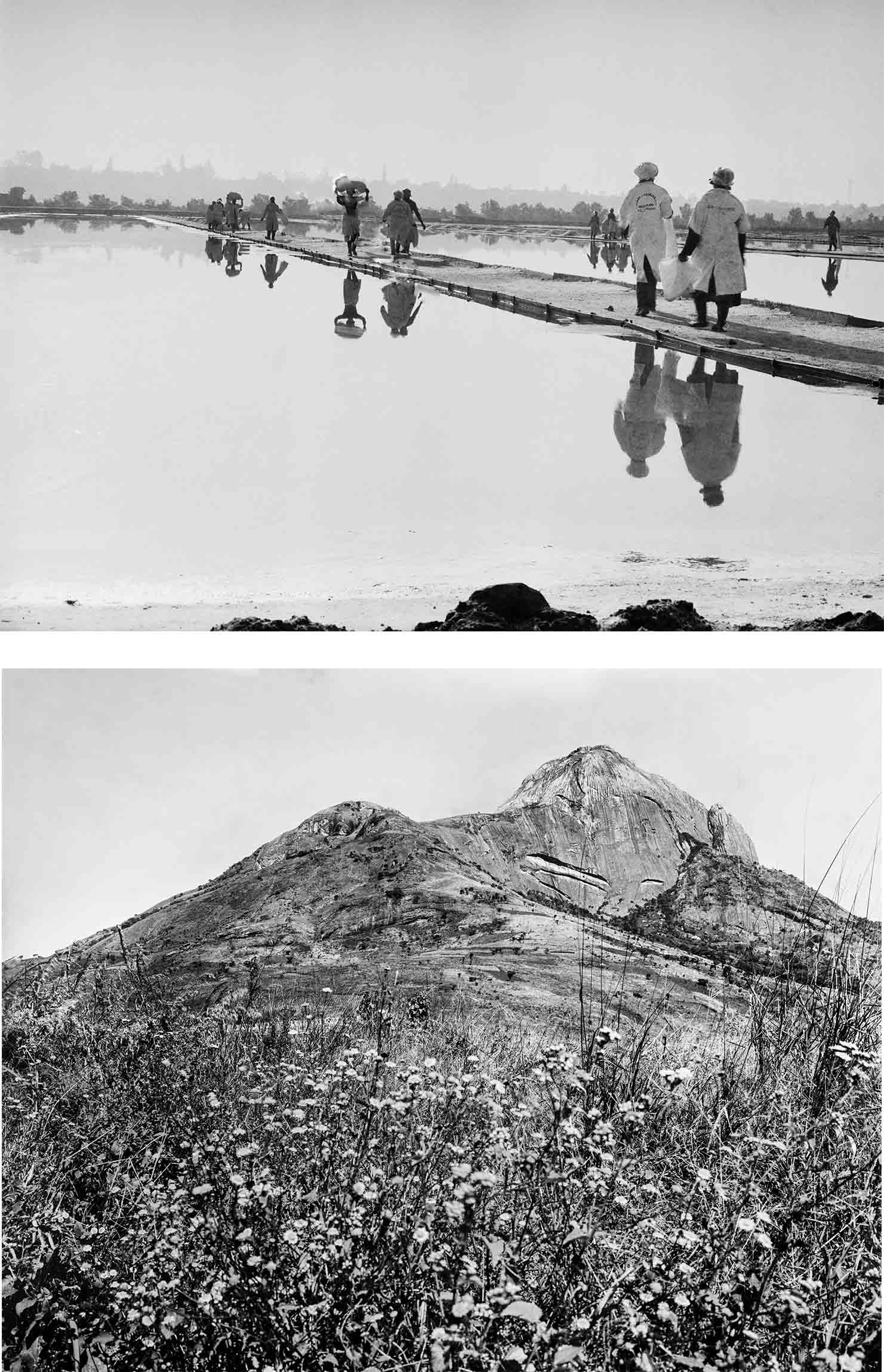
Paradox of Paradise’ explores my relationship with the environment as a living and mythological space bound by oral and historical stories. In Mozambique - where I currently live - the post-colonial landscape tells its own tales of how the struggle for independence from the Portuguese coloniser transitions into Mozambique. This country, one of the last African countries to rip itself from the brutalities of imperial exploitation, is rich with poetic landscape narratives of self-determination, leaving the constraints of language and the banal literality of vision. I walk through the landscape as a realm of the occult. My travels are an escape into other realities of the world, guided by the forces of the invisible. Is there another truth to be told? Can we let go of what we think is real and maybe experience something new? Who are we in relationship to Nature and the spaces we inhabit?
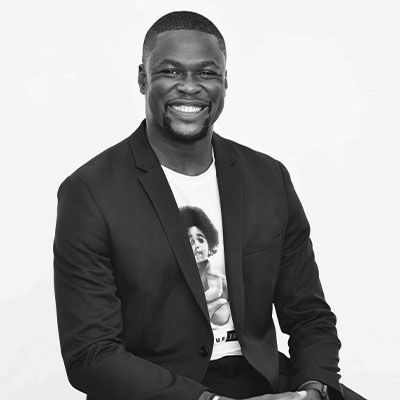
Olivier Khouadiani
Côte d'Ivoire

Olivier Khouadiani
Côte d'Ivoire
Trance
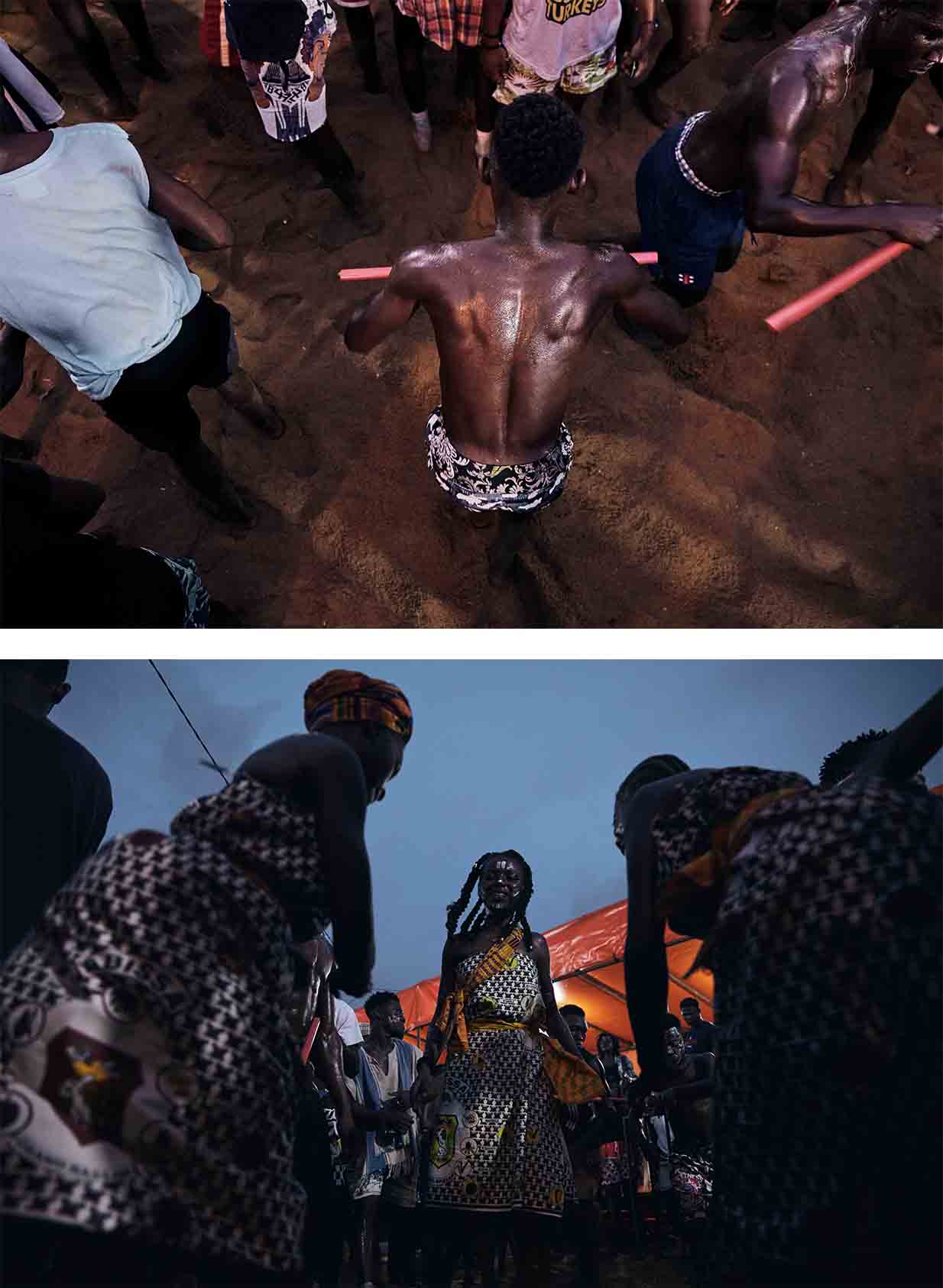
The abissa is a ceremony that commemorates the new year for the Nzima community, is a celebration of sharing and transmission between the old and new generations, especially a dance on a wild rhythm when the tam-tam resonates. Trance is a small immersion into the component of dance in my braoder series around the Abissa.
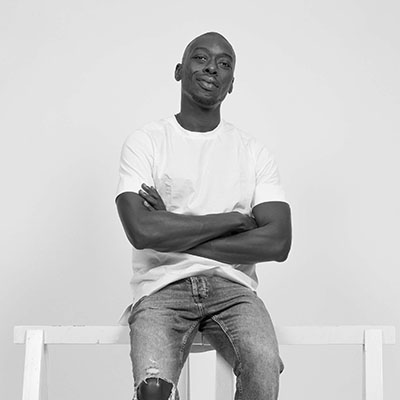
Omar Victor Diop
Senegal

Omar Victor Diop
Senegal
Allegoria - 2021
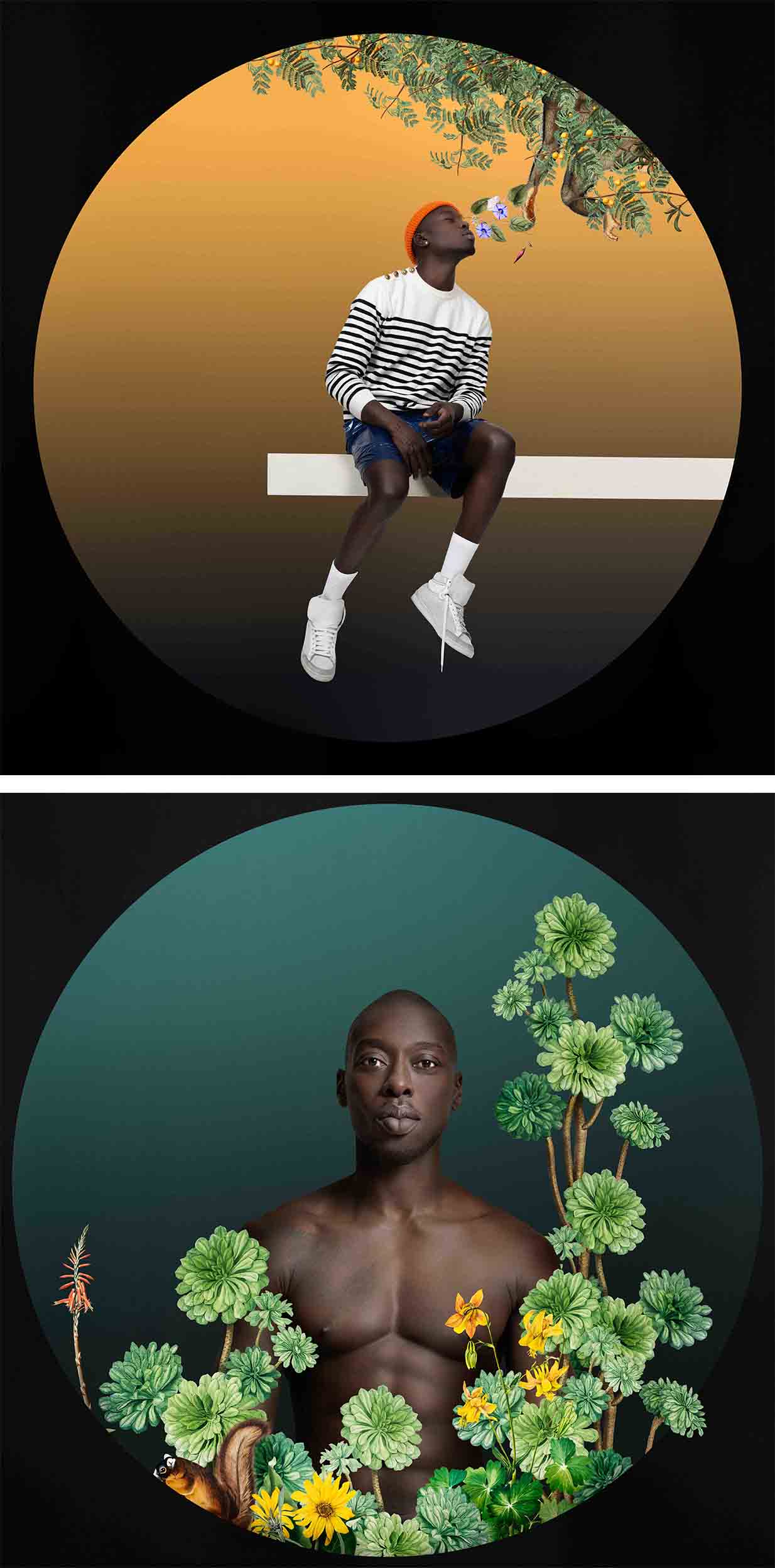
After the success of his first two series, Diaspora and Liberty, Omar Victor Diop unveils Allegoria. The Senegalese photographer begins a new chapter that addresses the issue of the environment and the importance of the challenges the African Continent is facing. In 15 allegorical photographs, the artist embodies humanity that must protect life, humanity surrounded by endangered floral and animal species; humanity again, concerned to see biodiversity become a memory that can only be consulted in natural history textbooks. Diop states: “It’s been exactly ten years since I grabbed a camera with the intention of showing my people’s struggle, their moments of pride, their selflessness, their incredible diversity and adaptability. In this new conversation I hope to see us participate and take the lead in the global environmental movement”
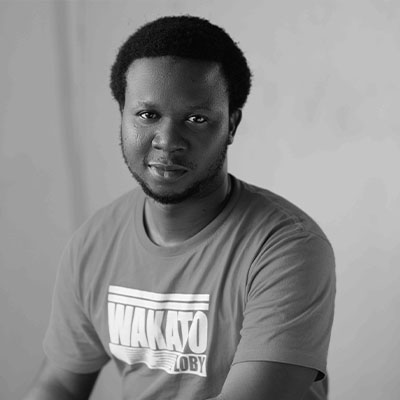
Omoregie Osakpolor
Nigeria

Omoregie Osakpolor
Nigeria
Litany (On Going)
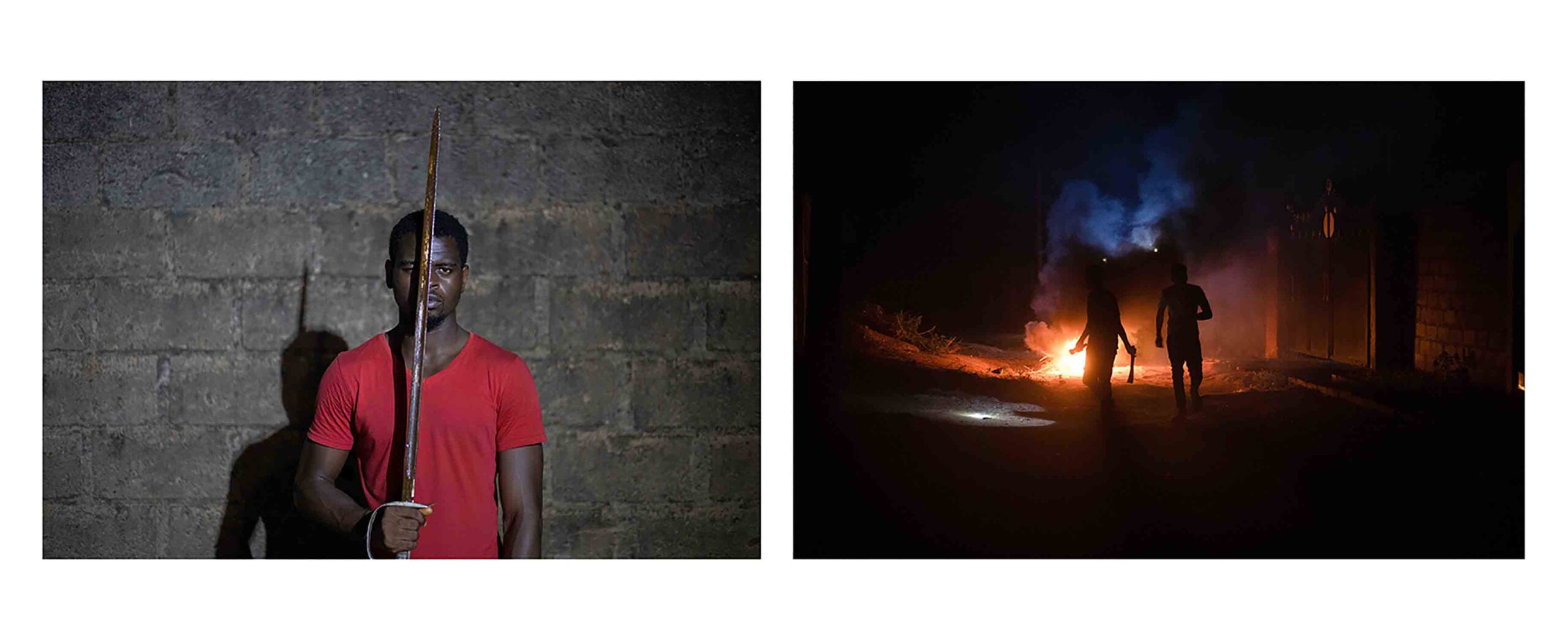 “We are living a historical moment which could engender a sense of reawakening and assertiveness among Africans that could guide us through the difficult journey our ancestors started in the 20th century. Indeed, decolonisation may well be fast-tracked because of the threat of a pathogen.”
—David Mwambari
“Stay at home and flatten the curve” has been the mantra and major response by countries across the world, including Nigeria. According to the government, the stay-at-home order in most parts of the country would help curb the spread of coronavirus.
While the government has demanded that the people make this sacrifice for themselves and for the love of the country, the people are demanding basic social welfare packages, a demand they have been making to the political class for decades unending.
Three weeks into the 28 days stay-at-home order in Nigeria’s most populous city, Lagos, the capital city, Abuja and Ogun (a few kilometres from Lagos), a group of armed robbers and thugs unleashed mayhem on the residents of Lagos and some parts of Ogun State. The heists seemed coordinated, as they happened simultaneously in different places. In response to this, youths from the affected communities have organised themselves into vigilance committees to keep watch over their neighbourhoods at night.
Some experts have stated that the robberies are a direct consequence of the lockdown order by the government. According to these experts, the lockdown being a copy and paste prototype from the West is an unrealistic approach in this climate for many reasons, one of which is the fact that most of the population depends on the informal economy for their daily needs.
With so much uncertainty about the economic and political landscape in post COVID19 Nigeria, many are hoping the crisis births a different Nigeria where policymakers are truly at the service of the people. Others, on the other hand, want things to return to normal.
Litany is a multimedia project (using WhatsApp voice notes from subjects, videography and photography) showing my reflection on the ongoing COVID19 pandemic crisis in Nigeria and the questions I have had to ask myself of late. It reflects the spirit of the times and asks the many questions tugging in my mind and the minds of millions of Nigerians: what does post COVID19 Nigeria look like? Would there be a mental revolution in the political class? What would the economy look like? Would the crisis put an end to health tourism amongst the political class? Is it time to truly look inwards and develop an indigenous system of government that is pro Nigerian?
“We are living a historical moment which could engender a sense of reawakening and assertiveness among Africans that could guide us through the difficult journey our ancestors started in the 20th century. Indeed, decolonisation may well be fast-tracked because of the threat of a pathogen.”
—David Mwambari
“Stay at home and flatten the curve” has been the mantra and major response by countries across the world, including Nigeria. According to the government, the stay-at-home order in most parts of the country would help curb the spread of coronavirus.
While the government has demanded that the people make this sacrifice for themselves and for the love of the country, the people are demanding basic social welfare packages, a demand they have been making to the political class for decades unending.
Three weeks into the 28 days stay-at-home order in Nigeria’s most populous city, Lagos, the capital city, Abuja and Ogun (a few kilometres from Lagos), a group of armed robbers and thugs unleashed mayhem on the residents of Lagos and some parts of Ogun State. The heists seemed coordinated, as they happened simultaneously in different places. In response to this, youths from the affected communities have organised themselves into vigilance committees to keep watch over their neighbourhoods at night.
Some experts have stated that the robberies are a direct consequence of the lockdown order by the government. According to these experts, the lockdown being a copy and paste prototype from the West is an unrealistic approach in this climate for many reasons, one of which is the fact that most of the population depends on the informal economy for their daily needs.
With so much uncertainty about the economic and political landscape in post COVID19 Nigeria, many are hoping the crisis births a different Nigeria where policymakers are truly at the service of the people. Others, on the other hand, want things to return to normal.
Litany is a multimedia project (using WhatsApp voice notes from subjects, videography and photography) showing my reflection on the ongoing COVID19 pandemic crisis in Nigeria and the questions I have had to ask myself of late. It reflects the spirit of the times and asks the many questions tugging in my mind and the minds of millions of Nigerians: what does post COVID19 Nigeria look like? Would there be a mental revolution in the political class? What would the economy look like? Would the crisis put an end to health tourism amongst the political class? Is it time to truly look inwards and develop an indigenous system of government that is pro Nigerian? 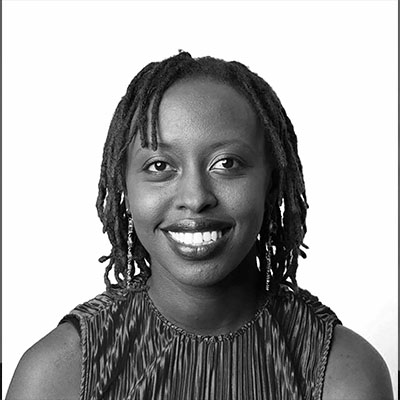
P.Wamaitha Ng'ang'a
Kenya

P.Wamaitha Ng'ang'a
Kenya
SEASONS
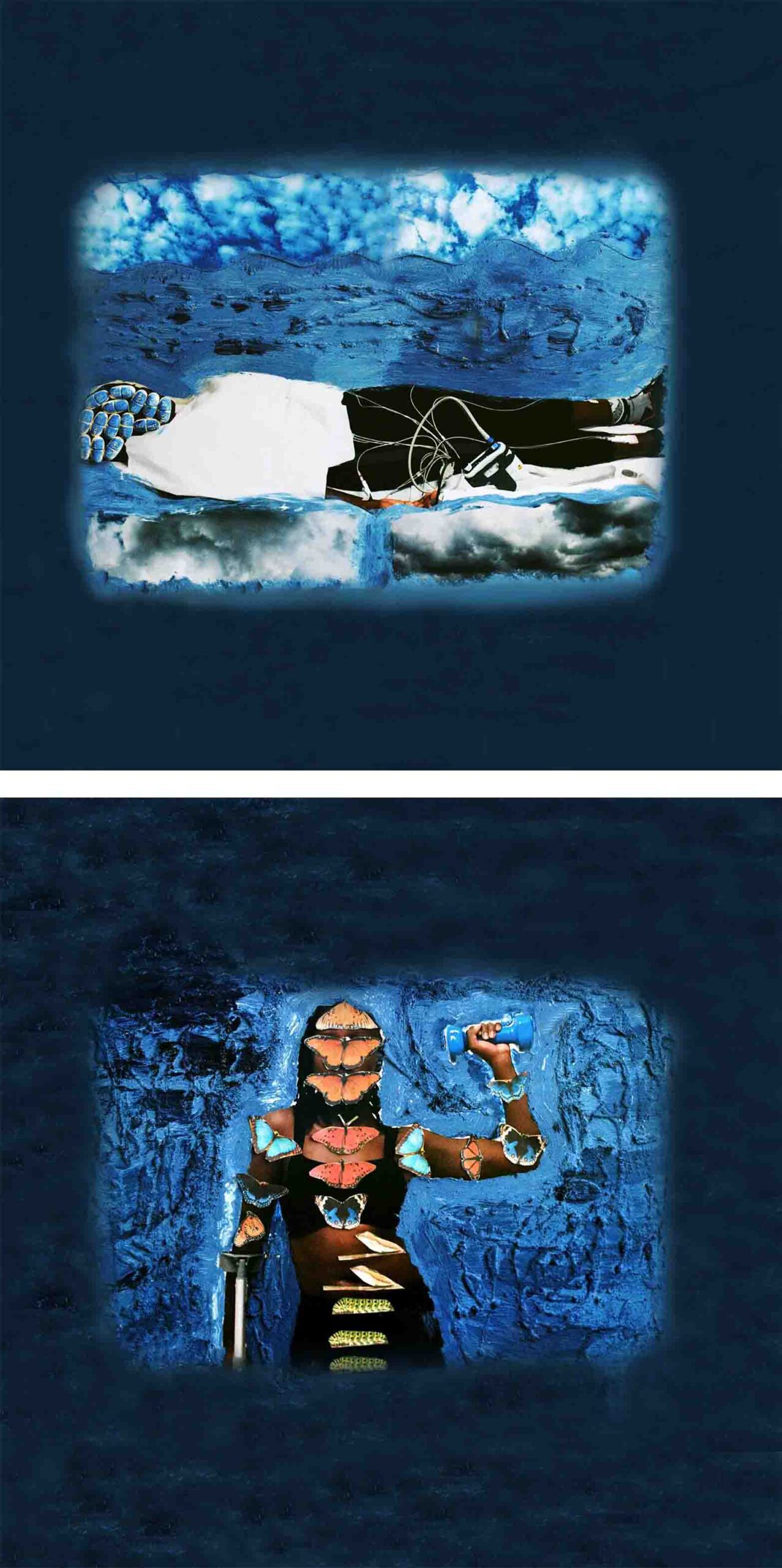
“I am my own muse, the subject I know best, the subject I want to better.” Oroma Elewa Drawing inspiration from Elewa’s words, Seasons is a mixed-media project, with which she seeks to depict her personal journey with Scoliosis and Poland Syndrome. Both conditions became evident in her adolescent years, however, the latter only being diagnosed correctly in 2018. Adolescent idiopathic scoliosis is an abnormal curvature of the spine that appears in late childhood or adolescence. Instead of growing straight, the spine develops a side-to-side curvature, usually in an elongated ‘S’ or ‘C’ shape. Scoliosis can occur as a feature of other conditions, including a variety of genetic syndromes. Poland syndrome is a disorder wherein affected individuals are born with missing or underdeveloped muscles on one side of the body, resulting in abnormalities that can affect the chest, shoulder, arm, and hand. “I am on a daily journey of discovery with the resolve to keep pushing through the physical pain and psychological effects. Just as the seasons come and go, the morning Sun prevails in his persistence to overthrow the darkness once again. I emulate this certain daily ritual with my own, personal struggle powered by my will embracing my journey - fighting, enduring, rising again. Following my instincts, but forever cognisant of the stormy seas and the ensuing calm that surely lags nearby, I find solace in knowing I will become a Butterfly again… The Never ending Metamorphosis happens once again.”
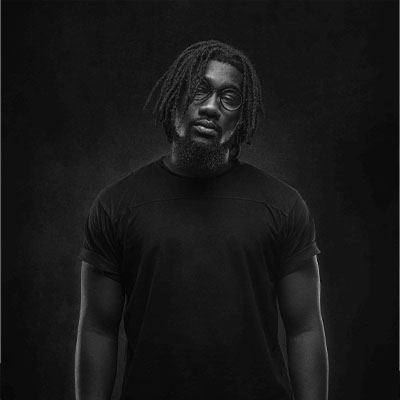
Pango N'fa Pierre
Côte d'Ivoire

Pango N'fa Pierre
Côte d'Ivoire
Wetu
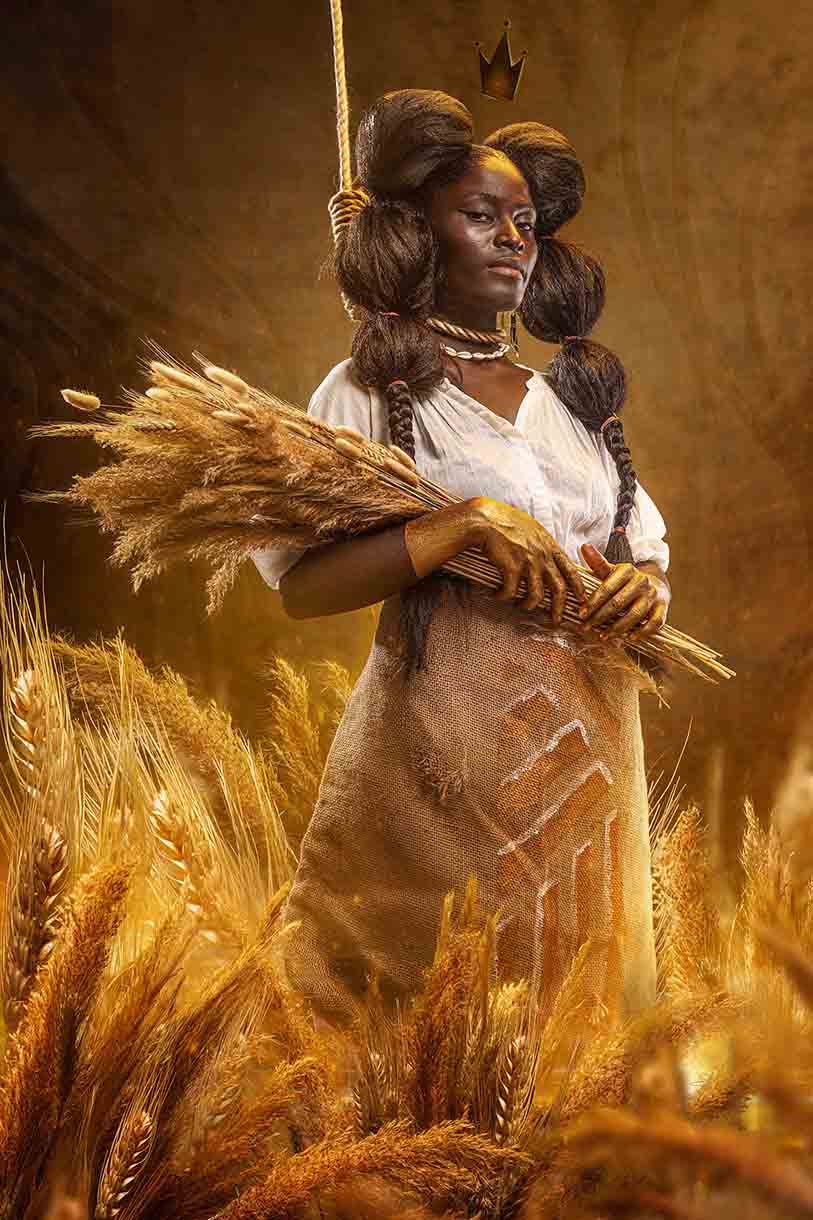
Does martyrdom reveal the nobility of bloodshed? Between generational patterns and hopes for the future, Wetu, Our People, in Swahili, proposes to question the origins of identity. A bestial fatherhood, a woman bearing abundance and the heir to a throne made of the strings of his lineage. The notion of "Identity" then becomes nomadic, changing and even paradoxical: it is in perpetual motion, evolving with time and the experiences of each individual or group. to each one or to a group.
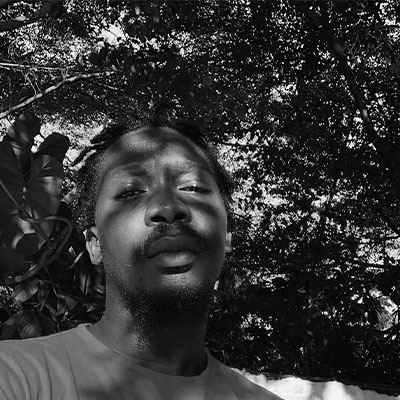
Bah Ekam Richard
Côte d'Ivoire

Bah Ekam Richard
Côte d'Ivoire
Death and Hope
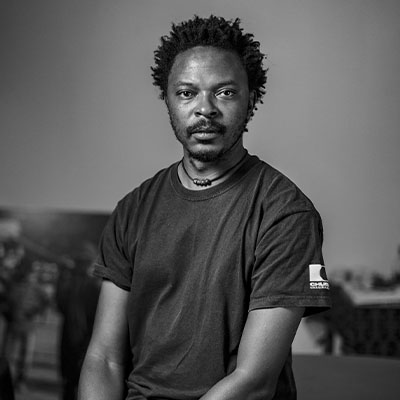
Sammy Baloji
Democratic Republic of the Congo

Sammy Baloji
Democratic Republic of the Congo
Essay on Urban Planning, 2013
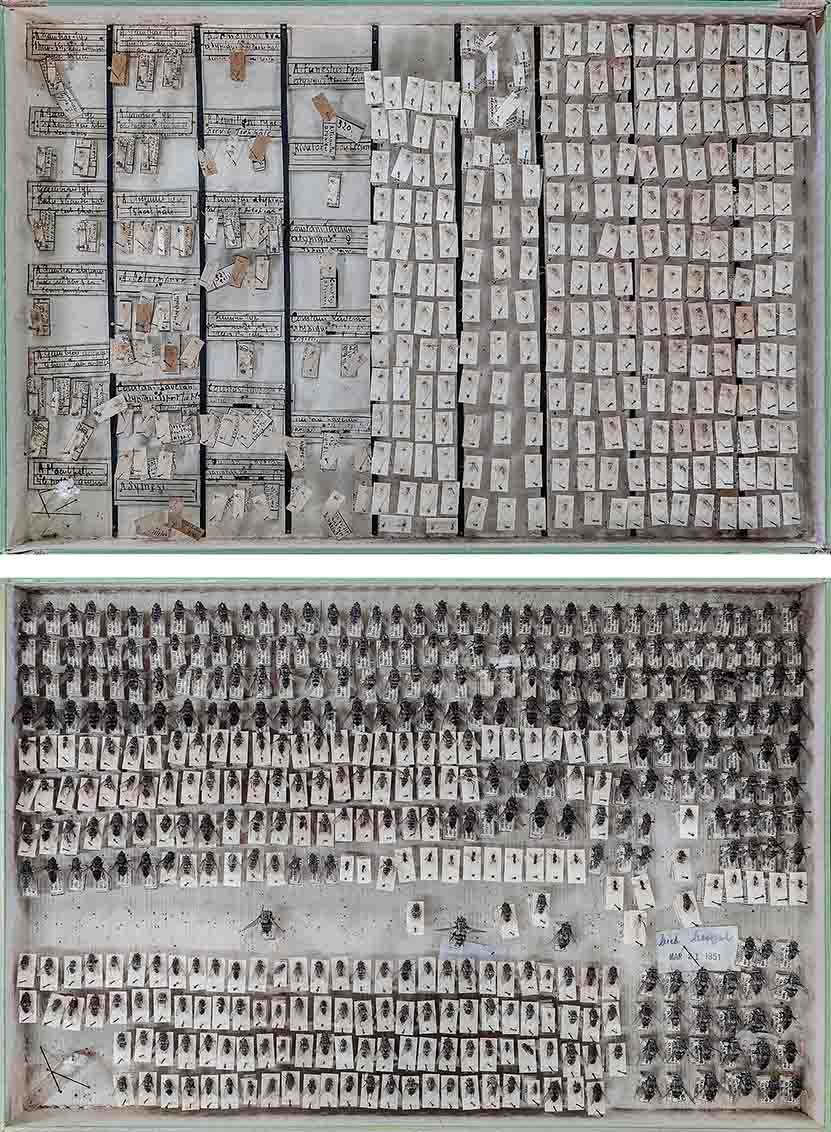
Essay on Urban Planning consists of 12 colour photographs, mixing past and present aerial views of Lubumbashi in the Democratic Republic of the Congo with entomological displays of flies and mosquitoes from the region. Between 1918 and 1951 in Lubumbashi, urban planning and inhabitants were subjected to a health campaign set up in the city to combat malaria. The aerial views of the city in Essay on Urban Planning show the separation between the urban centre and the peripheral suburbs by a strip of land — a cordon sanitaire — of about 500m wide, oriented according to the direction in which the wind blows. This was believed to be the maximum distance that a mosquito can travel in one go. Juxtaposing aerial views with panels of fly specimens, the work reflects how - under hygienic pretexts - these elements reflect the policy of the racial segregation of the colonial era. A 1929 archive photo installed to the right of the checkerboard of images completes the work, the photograph depicts two boys sitting in front of a pile of dead flies, reminding us of the practice that each worker had to kill 50 flies in order to get his daily food allowance. As such, the colonial narratives of the past are superimposed on the economic and ecological imperialism of today.
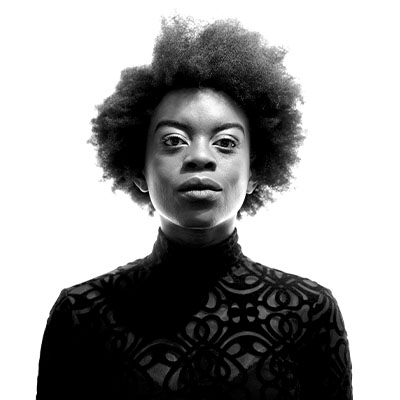
Sekai Machache
Zimbabwe

Sekai Machache
Zimbabwe
Body of Land: Ritual Manifestations
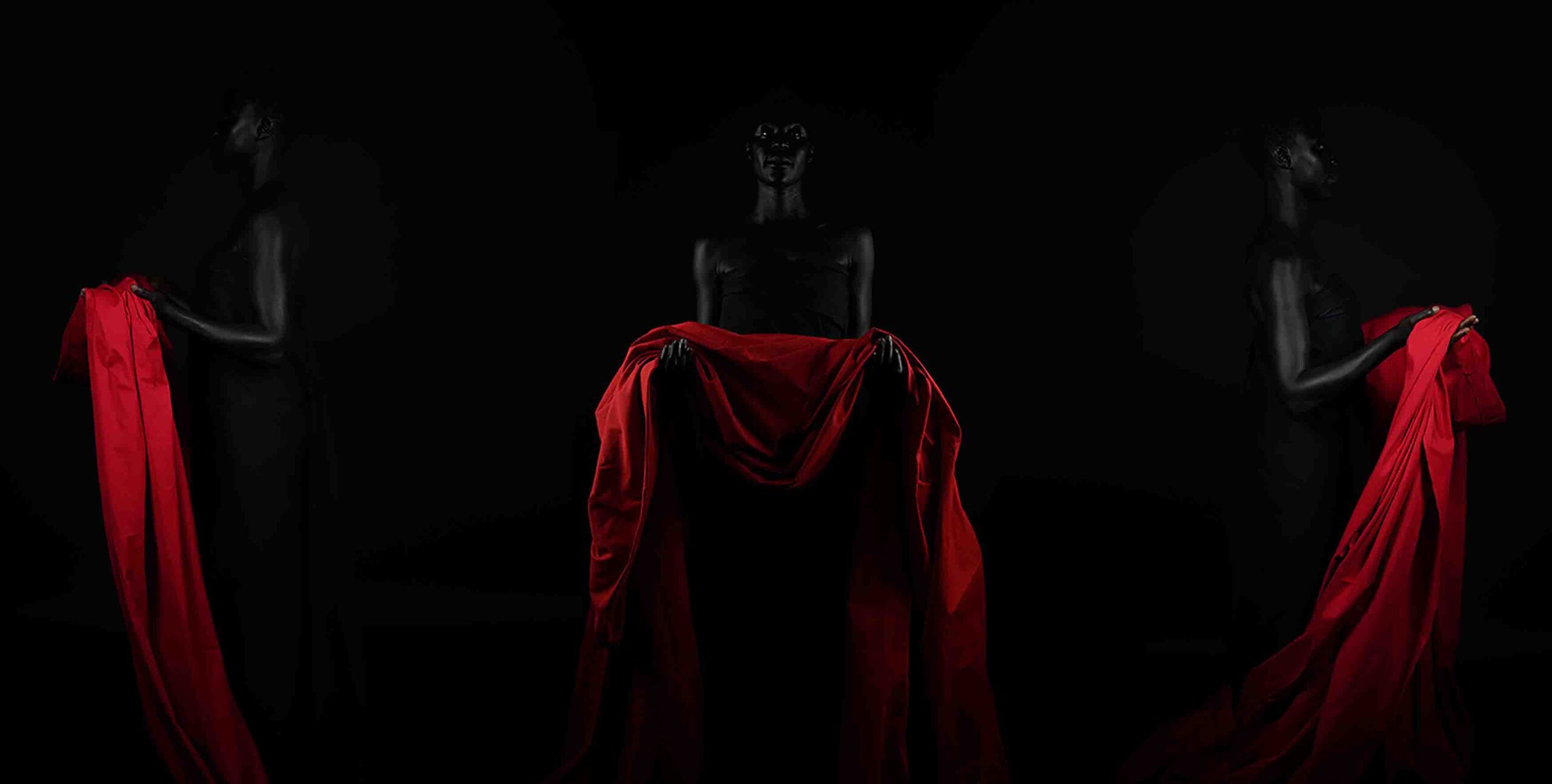 Body of Land has been developed out of a year-long collaborative residency which was facilitated by Focas Scotland and supported by the British Council East Africa’s New Art New Audiences (nAnA grant).
Working with digital images, objects and performative gestures, Sekai Machache’s Body of Land: Ritual Manifestations represents several stages of an imagined ritual. The series tells a compelling story of liminality and encounters beyond the body. Machache conjures visions of the ancestral plane, a space beyond death and revival.
Initially, the artist is visited in a dream by The Oracle, who relays an important message, then in A Silent Gifting, she is gifted with several objects to use in a ritual. Her series The III Aspects of She explores the idea that the human psyche, the soul and the governing principles of the universe are split into three aspects.
Each aspect portrayed through a black femme body guised in three symbolic colors that represent and challenge our perceptions of the divine. The Black Aspect: Nyama Yake – A depiction of something of the material, the structure of the body. The White Aspect: Zamani – Ethereal, resolute and disembodied, a spirit, an apparition. The Red Aspect: Mweya – The energy that animates the body.
Body of Land has been developed out of a year-long collaborative residency which was facilitated by Focas Scotland and supported by the British Council East Africa’s New Art New Audiences (nAnA grant).
Working with digital images, objects and performative gestures, Sekai Machache’s Body of Land: Ritual Manifestations represents several stages of an imagined ritual. The series tells a compelling story of liminality and encounters beyond the body. Machache conjures visions of the ancestral plane, a space beyond death and revival.
Initially, the artist is visited in a dream by The Oracle, who relays an important message, then in A Silent Gifting, she is gifted with several objects to use in a ritual. Her series The III Aspects of She explores the idea that the human psyche, the soul and the governing principles of the universe are split into three aspects.
Each aspect portrayed through a black femme body guised in three symbolic colors that represent and challenge our perceptions of the divine. The Black Aspect: Nyama Yake – A depiction of something of the material, the structure of the body. The White Aspect: Zamani – Ethereal, resolute and disembodied, a spirit, an apparition. The Red Aspect: Mweya – The energy that animates the body. 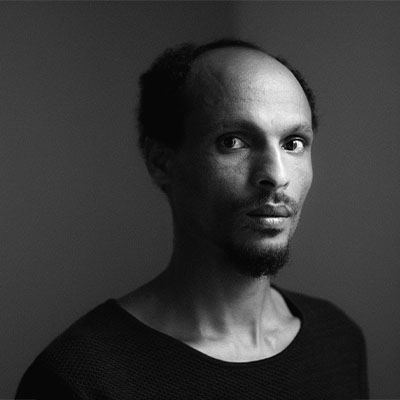
Sinaw Medine
Eritrea

Sinaw Medine
Eritrea
Les routes de l’exil
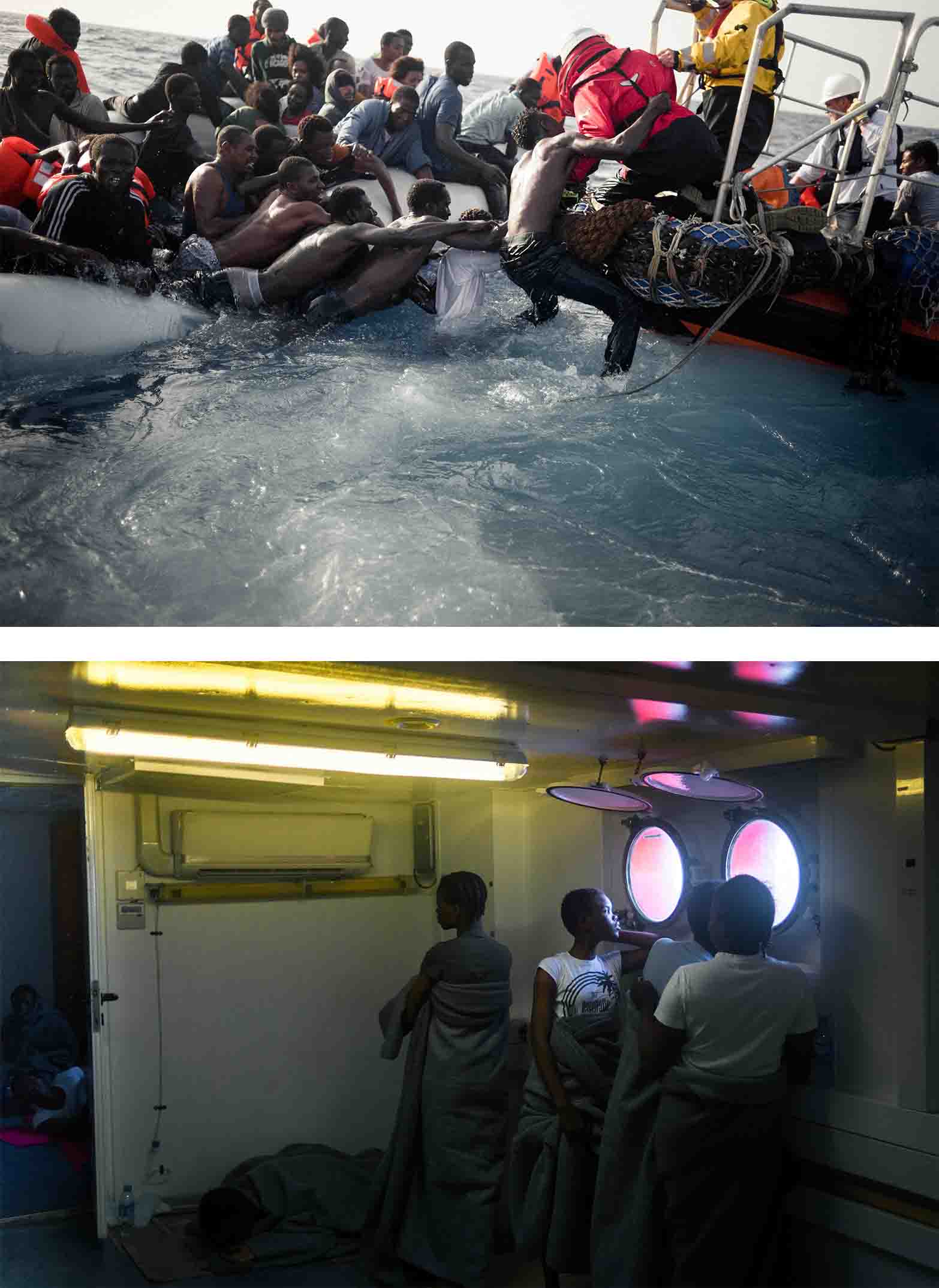
Part of a long-term documentary project on exile, this photographic investigation explores different stages of border crossing with the backdrop of the dangers faced on the roads to European borders. More than just a migration crisis, it is a humanitarian tragedy occurring in the Mediterranean and on European soil. Facing the inertia of governments and the tightening of migration policy, citizens are getting involved and organising to help exiled people, a commitment that reflects a duty of humanity. Onboard the Aquarius, a rescue boat chartered in 2016, humanitarian aid workers patrol the Mediterranean and operate rescue between Libya and Italy. Fleeing conflicts and instability, refugees will pay the price to recover freedom; in the conditions imposed by the smugglers, crossing the Mediterranean is dangerous, with many shipwrecks and numerous missing. Most survivors are still under post-traumatic stress after horrific abuses in Libya. After the crossing, the roads used by exiles in Europe remain dangerous, as the tragedies to reach the UK or the border Alps, where the right of asylum is often mistreated. In Ventimiglia, at the Franco-Italian border in 2015 when border controls within the Schengen area were re-established, hundreds of refugees found themselves trapped in a precarious and uncertain situation.
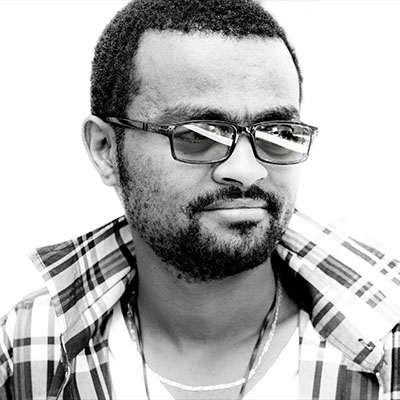
Tedos Teffera
Ethiopia

Tedos Teffera
Ethiopia
The Matrix Of Perception
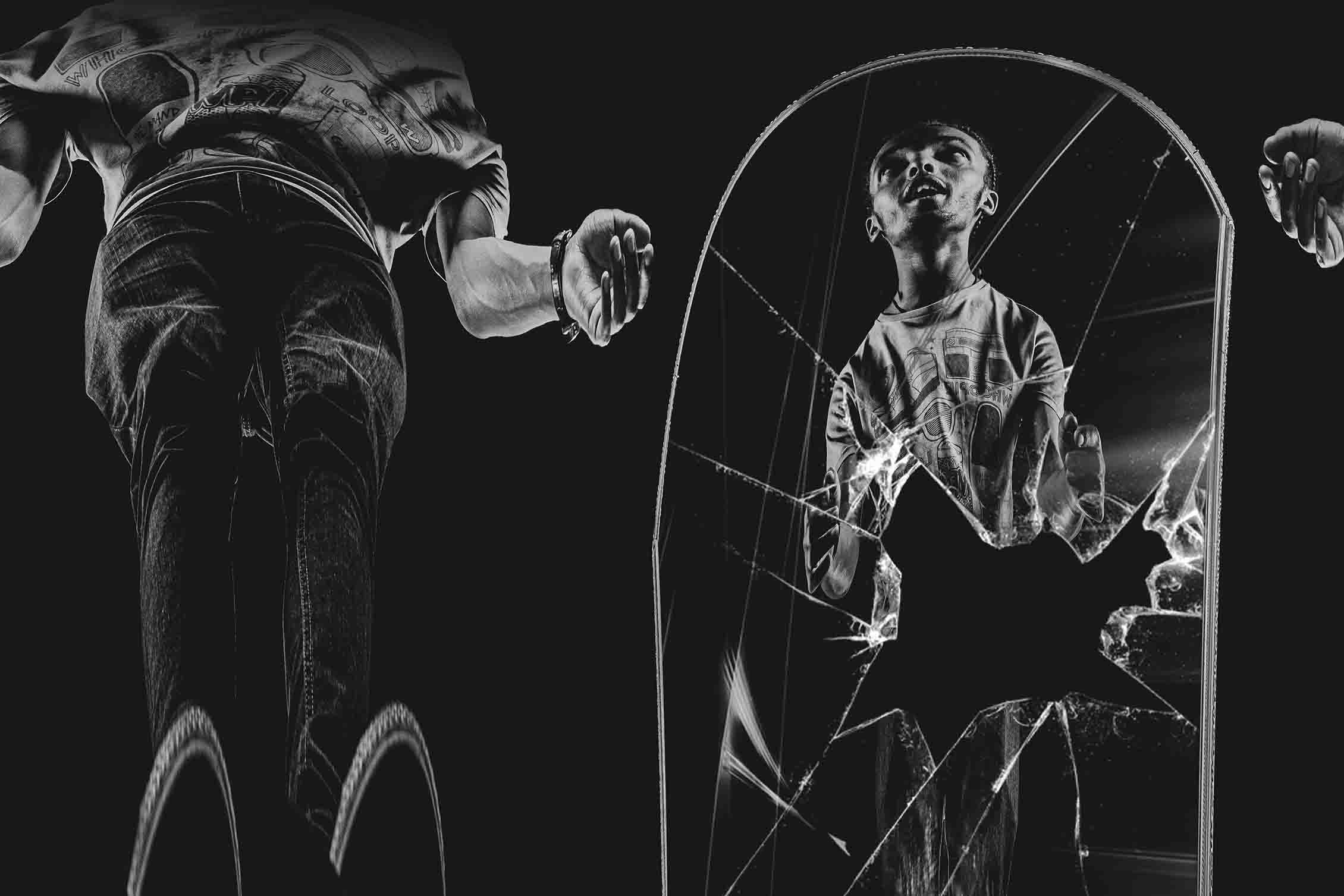
our perception has its own matrix. In the vault where our consciousness lies -- time is bent and thoughts take form. The process is individualistic but powerful In this realm you can be the creator and the prisoner.
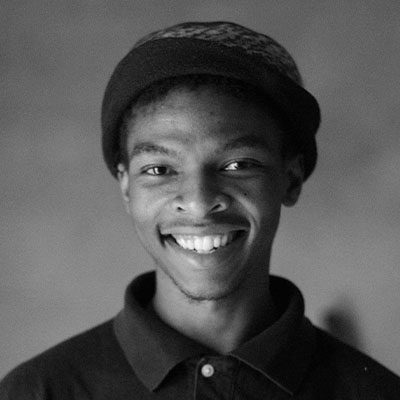
Thembinkosi Hlatshwayo
South Africa

Thembinkosi Hlatshwayo
South Africa
SLAAGHUIS
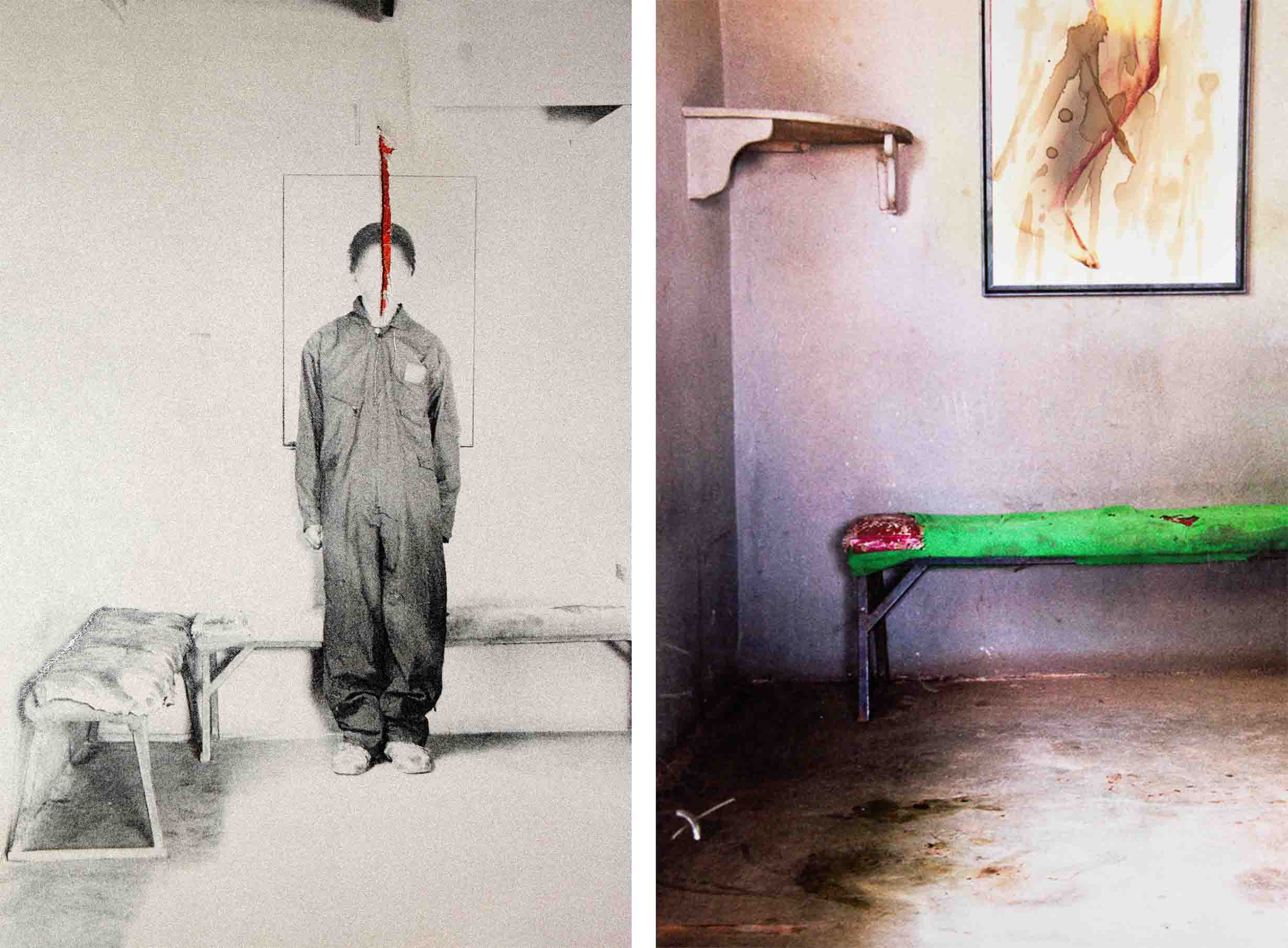
“My room is a mess. I can’t keep it tidy. I don’t try hard enough. I am ashamed. I am accountable. I am afraid. I am angry. I want out. I want to get bloody violent. Is it passed on? Is it intergenerational? I have a fear of being an adult with a really messed up room. Something's not quite appealing in that. Growing up in a home with a tavern, I have been confronted with realities that made me want to escape the space. A place of refuge or safe haven should have been my home, but it couldn’t be because it was the extension of the tavern. Maybe my mind – but it too was violated. It became a tricky escape. The violence and schizophrenia of a society would be enveloped in this one space. It was ‘my bread and butter’— it’s infamy coined ‘Slaaghuis’. Loudest in their silence, I confront the unresolved issues I have with the tavern. I confront my violated or perhaps traumatised mind. I confront the memory. A drunken violence. A drunken depression. A drunken fear. A drunken lust. A drunken happiness. A drunken abuse. A drunken love. A drunken rape. A drunken fuck. A drunken anxiety. A drunken death. Societal trauma. The personal is political. The microcosm is the macrocosm. And vice versa.”
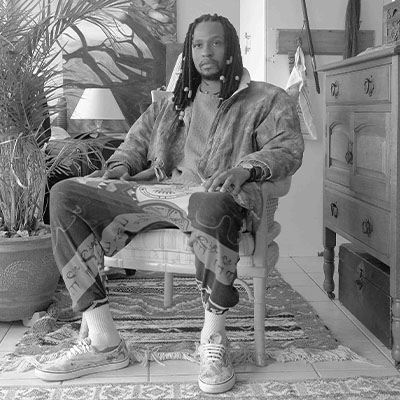
Tsoku Maela
South Africa

Tsoku Maela
South Africa
Barongwa: I am that I am
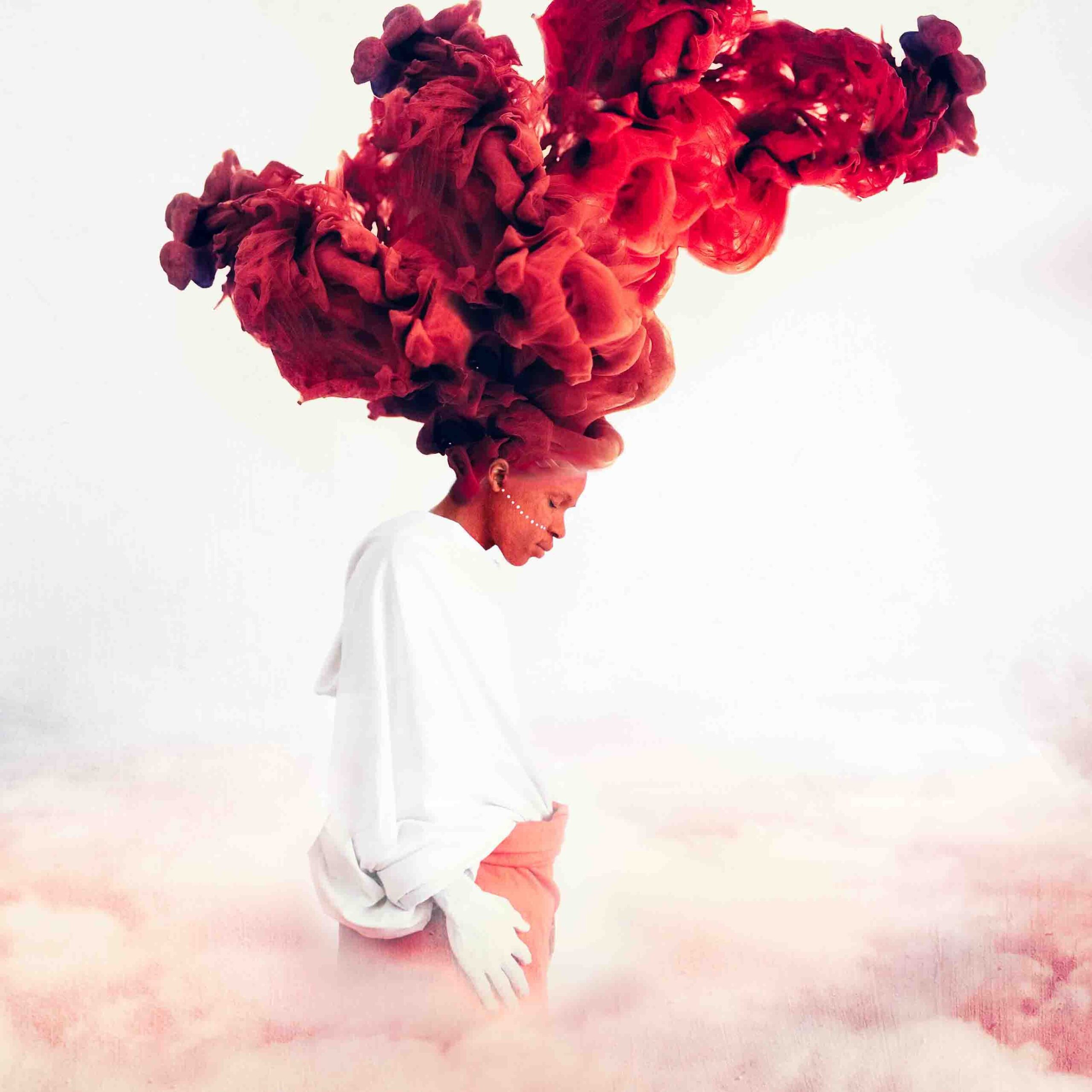
Barongwa is a word found in the Northern Sotho family of dialects in South Africa, which translates into guardians or angels, often used when referring to ancestral beings. It is the Sepedi customary practice to pay tribute and acknowledge the ancestors as our guardians and angels of the all-knowing God. In stark contrast to the Christian belief, to which many Sepedi people subscribe, dismisses the existence of ancestors and relegates them to “false gods”. Ultimately, one is not allowed to believe both stories, but is persuaded to choose, oftentimes in the favour of Western Christian belief. Barongwa challenges this line of thinking by combining stories from multiple beliefs, Christianity, Ancestral worship, Taoism and the gnostics, to find a divine message or the divine code embedded in the collective memory of each. From the Creation of Man being a combination of the divine feminine and masculine, to Anointing them with the gift that will allow the soul to face oneself through the state of Bardo before witnessing and experiencing their rebirth in the state Christ consciousness, the harmonious balance between mind, body and soul. The newly actualized self no longer sees themselves separate from the ya ́ ng part of God (or the source), but perceives themselves as an extension and of the same fabric as ya ́ ng God. They too are creators of worlds and destinies, guided by the divine collective memory that manifests through their intuition. I attempted to think, not of the human, but the African human. The melanated human. How our thinking of ourselves, our feeling of ourselves, our speaking of ourselves and indeed the God within ourselves has been corrupted into a white God. Barongwa takes place in the light. Yáng. It is a process of awakening. An awakening to the God in us all. An awakening to our higher self. A rewriting of the collective African consciousness.
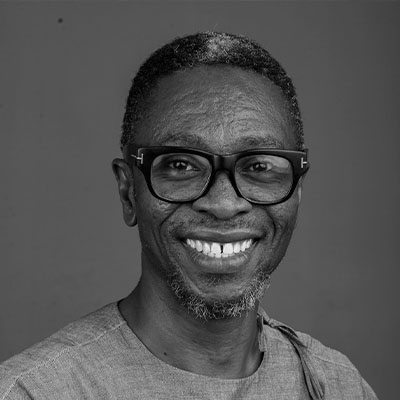
Uche Okpa-Iroha
Nigeria

Uche Okpa-Iroha
Nigeria
The Plantation Boy
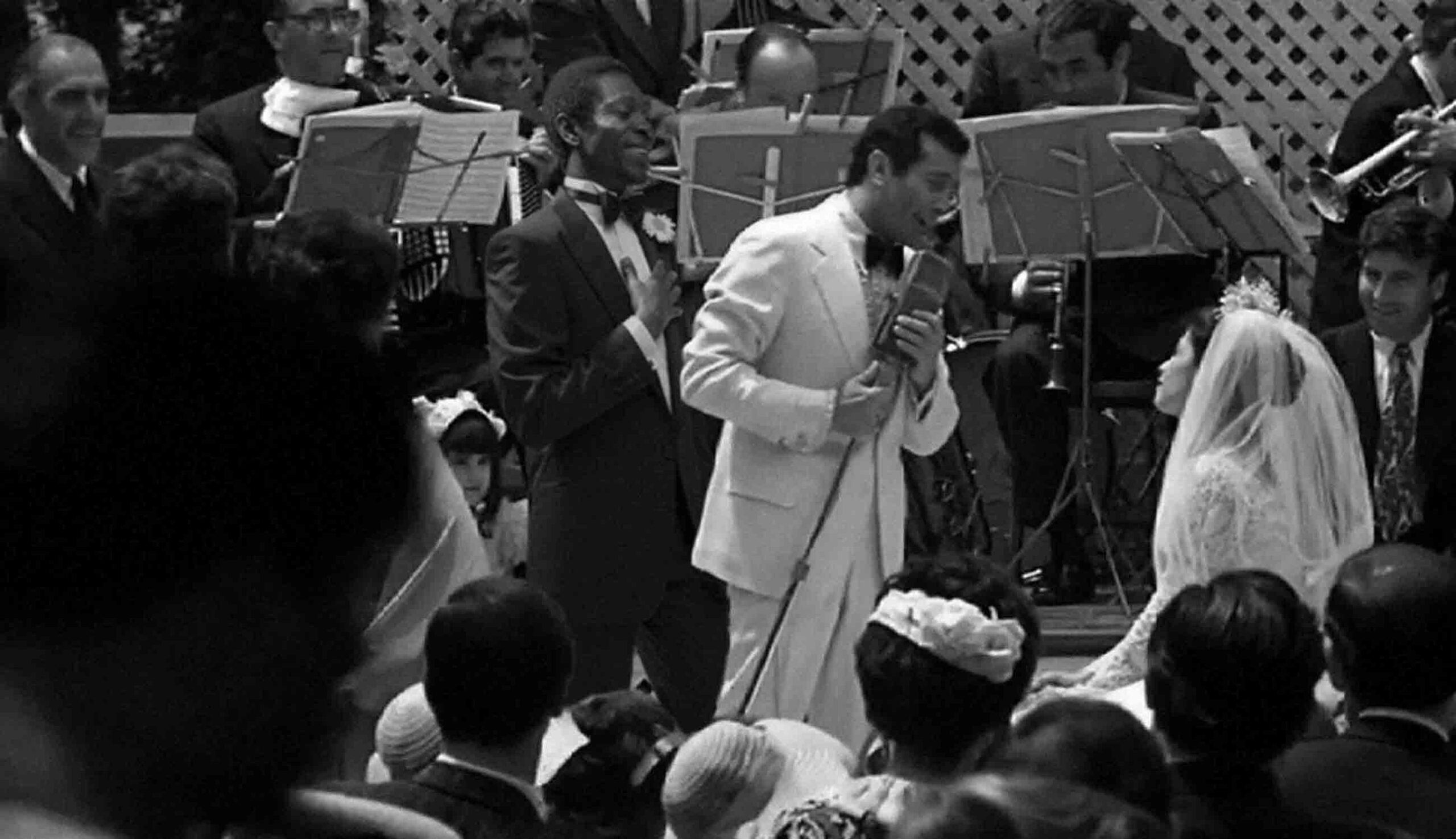 This project was completed during the final year of Uche Okpa-Iroha’s two-year residency at the Rijksakademie, Amsterdam. The Plantation Boy project consists of two series of images that collectively examine the power structures of race and the hegemony of Western culture in the film industry. This is currently the primary focus in Okpa-Iroha’s recent artistic output. As the title suggests the project examines struggles within the black communities (including African diaspora) and the quest for freedom and self-determination that arose during slavery and its global impact on black lives.
In “The Plantation Boy” Okpa-Iroha meticulously positioned himself in the various scenes through careful strategies of reconstruction and reenactment. The artist intervenes in Francis Ford Coppola’s 1972 Hollywood movie “The Godfather” by isolating and utilizing forty original film stills from this seminal motion picture. Through a process of digital reconstructions, the artist disrupts an iconic Hollywood feature film with the presence (or introduction) of an African among the familial gangs of Italian-American subculture. In so doing he was able to bring to the fore the politics of representation in Western cinematic culture that is often marked by a striking absence of black actors. The Plantation Boy was a means to question stereotypical and subservient representations of the African identity by taking center stage and bringing it (the African identity) to the fore.
This project was completed during the final year of Uche Okpa-Iroha’s two-year residency at the Rijksakademie, Amsterdam. The Plantation Boy project consists of two series of images that collectively examine the power structures of race and the hegemony of Western culture in the film industry. This is currently the primary focus in Okpa-Iroha’s recent artistic output. As the title suggests the project examines struggles within the black communities (including African diaspora) and the quest for freedom and self-determination that arose during slavery and its global impact on black lives.
In “The Plantation Boy” Okpa-Iroha meticulously positioned himself in the various scenes through careful strategies of reconstruction and reenactment. The artist intervenes in Francis Ford Coppola’s 1972 Hollywood movie “The Godfather” by isolating and utilizing forty original film stills from this seminal motion picture. Through a process of digital reconstructions, the artist disrupts an iconic Hollywood feature film with the presence (or introduction) of an African among the familial gangs of Italian-American subculture. In so doing he was able to bring to the fore the politics of representation in Western cinematic culture that is often marked by a striking absence of black actors. The Plantation Boy was a means to question stereotypical and subservient representations of the African identity by taking center stage and bringing it (the African identity) to the fore.
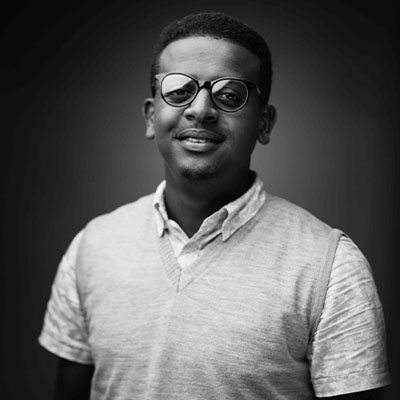
Yafet Daniel
Ethiopia

Yafet Daniel
Ethiopia
The Believers II
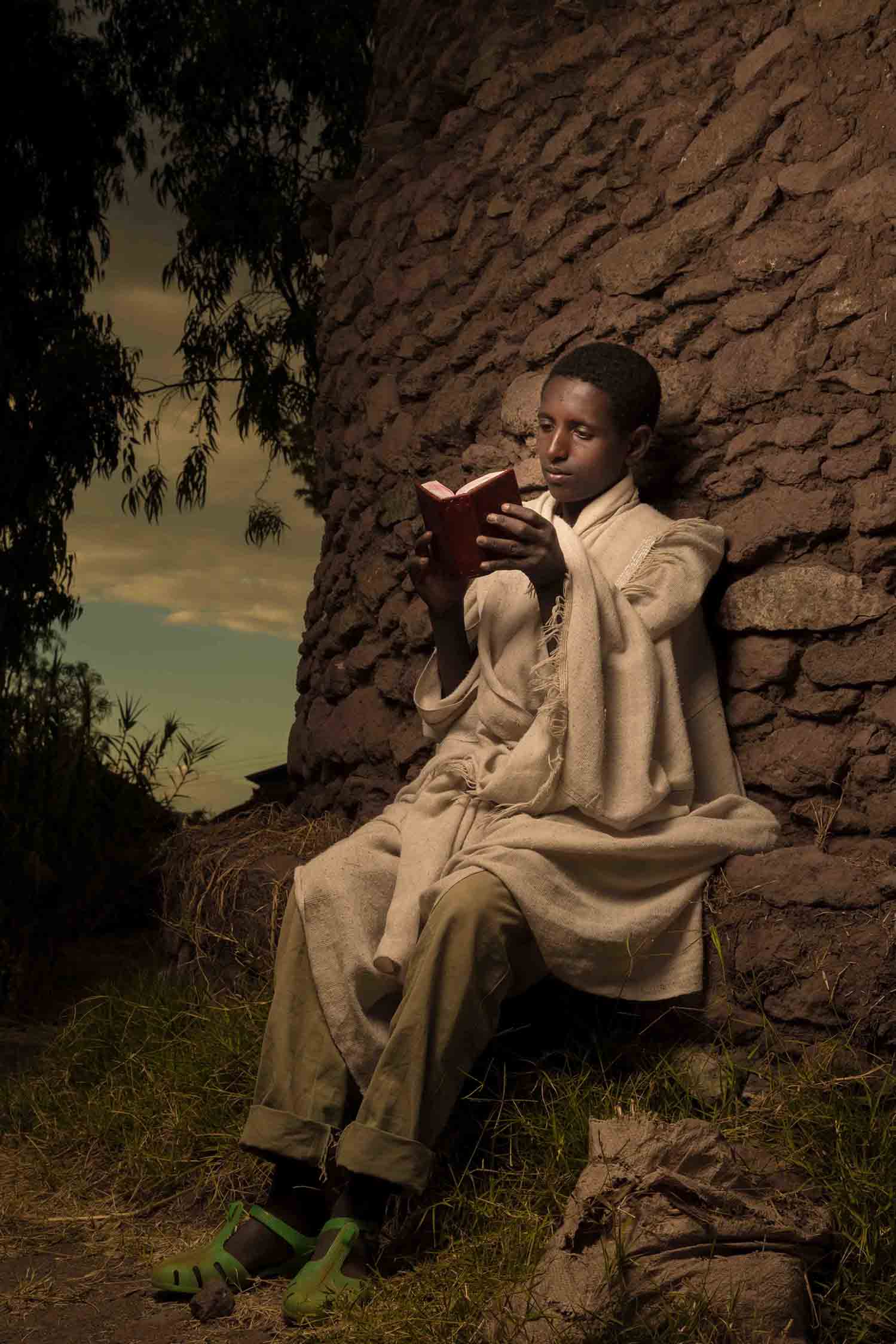
Yafet explores the life of religious students of the Ethiopian Orthodox Church, locally known as ‘Ye Abenet Temariwoch’ who travel long distances from their homes to attend classes in remote monasteries, learning the secrets and bases of the Church. The collection looks at the students who - despite completing the hard training - may not necessarily become deacons or priests.
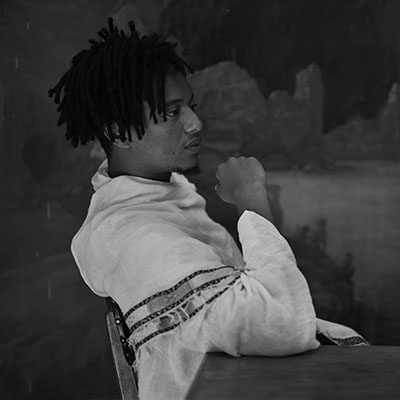
Yonas Tadesse
Ethiopia

Yonas Tadesse
Ethiopia
Finding Meaning in Pandemic

The first case of COVID-19 was reported in Ethiopia on 13th of March where a team of first responders took in a 48-year-old Japanese man. Having never seen anything like this in their lifetime, they did not know what to prepare for and thus started their new normal of battling the Corona Virus in Ethiopia. Doctors, nurses, janitors, security guards, drivers donned hats they’ve never expected to uphold and they worked to make up this moving machine at the cost of their health, their families, their reputations and of course, their lives. Patients find themselves uprooted from their normal day to day and into this fight for their lives where they often contemplate existential matters and try their best to hold on to hope despite everything.Patients and medical personnel alike try to find comfort in one another during this trying time, making family of one another as they leave their real families behind for their own safety. All sense of purpose evaporates in these rooms where terrified patients and helpless doctors try to save the day. No one knows where this will go and yet they will all tell you, as if they’d previously practiced together, that they must be there for a reason. And they try their best to make it a worthwhile reason. These are the heroes of the pandemic.
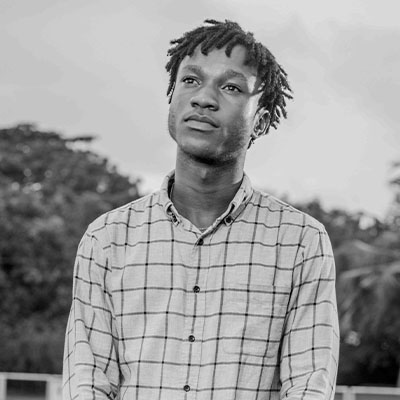
Zahui Yvann
Côte d'Ivoire

Zahui Yvann
Côte d'Ivoire
The Memory Of The Nomad
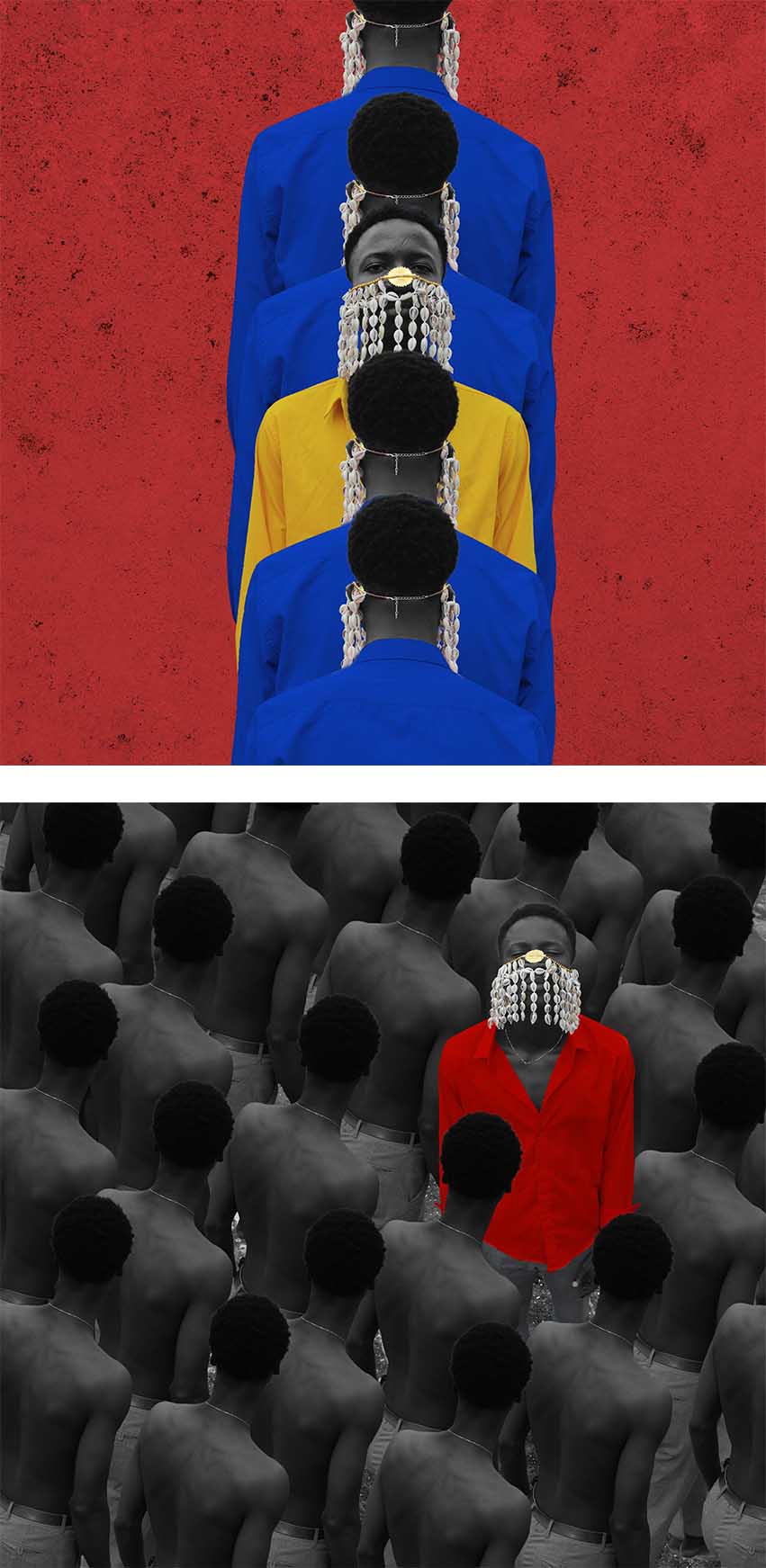
To be a nomad is to be free. To be a nomad is to recenter the important things in our lives. During our journey on earth, we have good and bad moments we want to remember. The thin line that holds us together is our Memory. Which means we can all Identify ourselves as Nomads.
